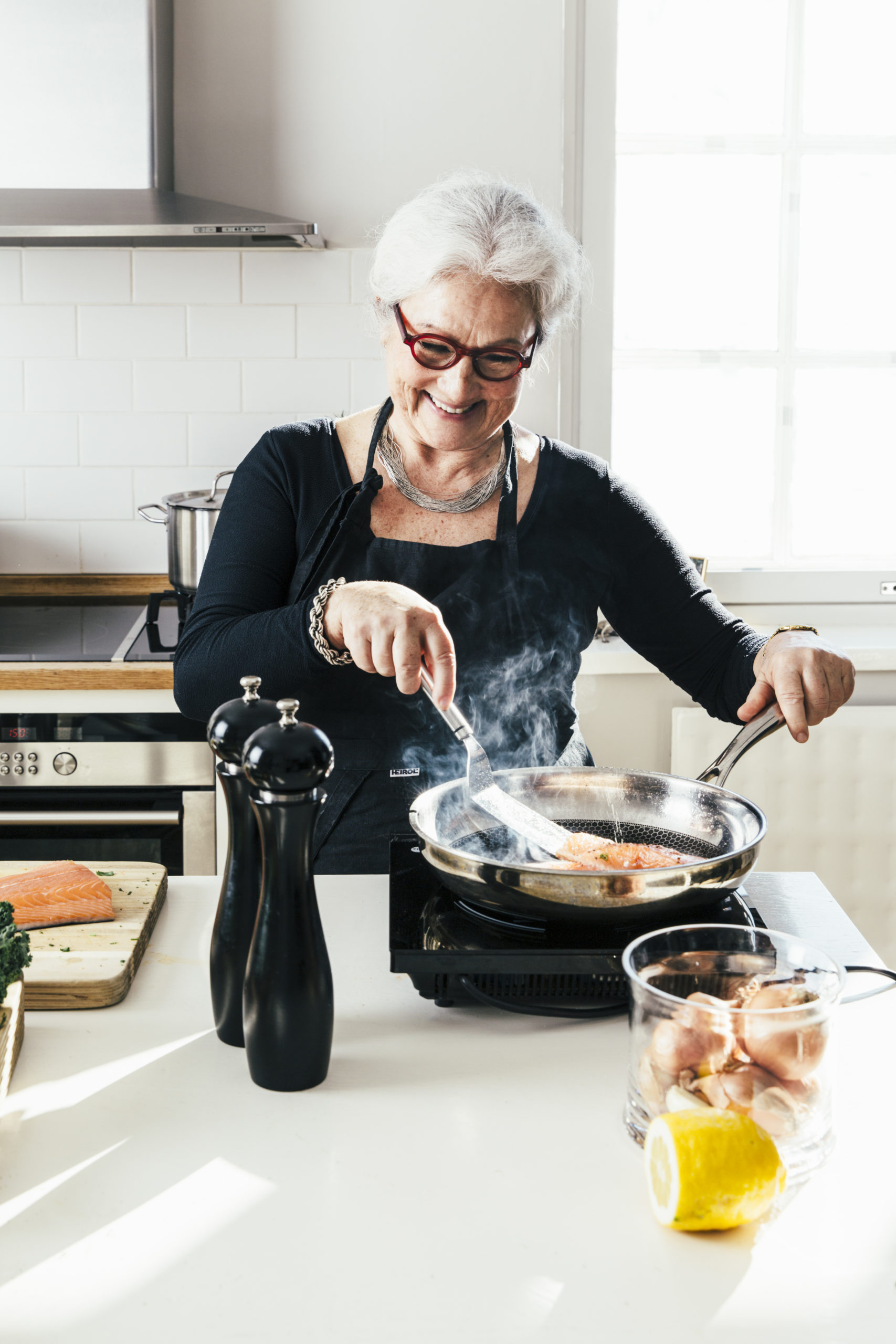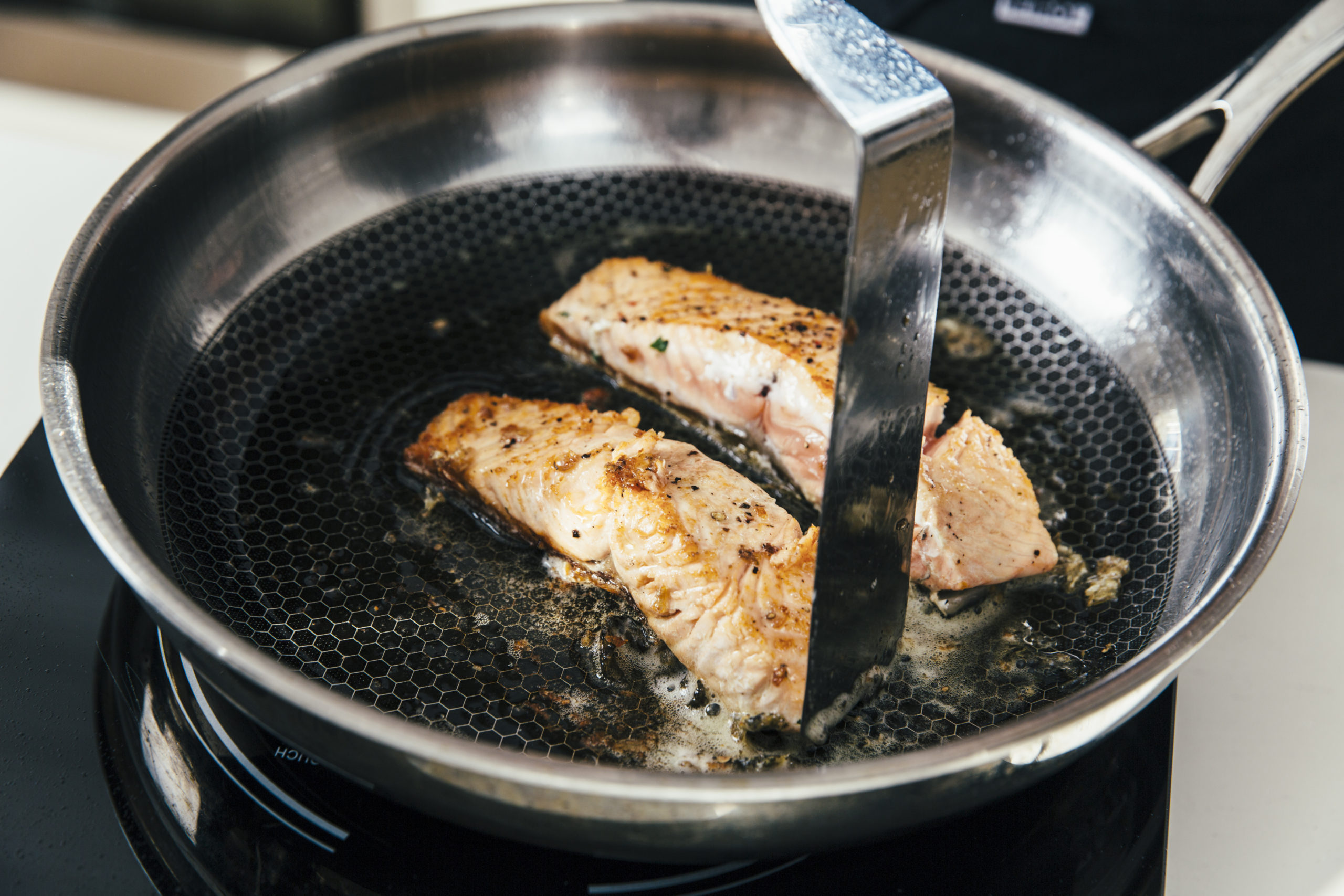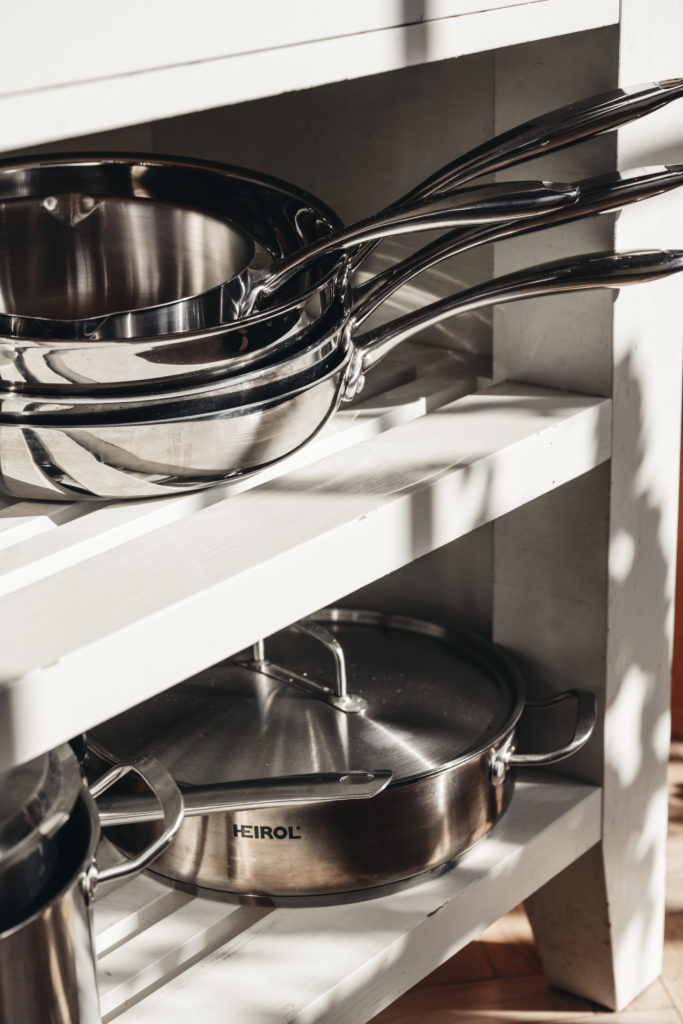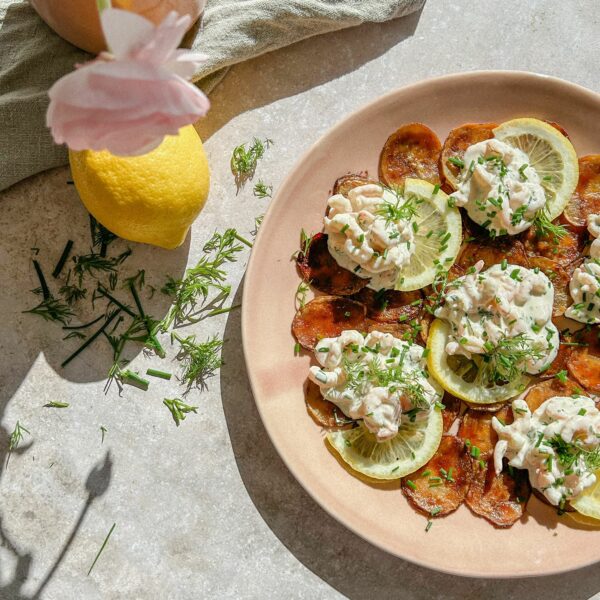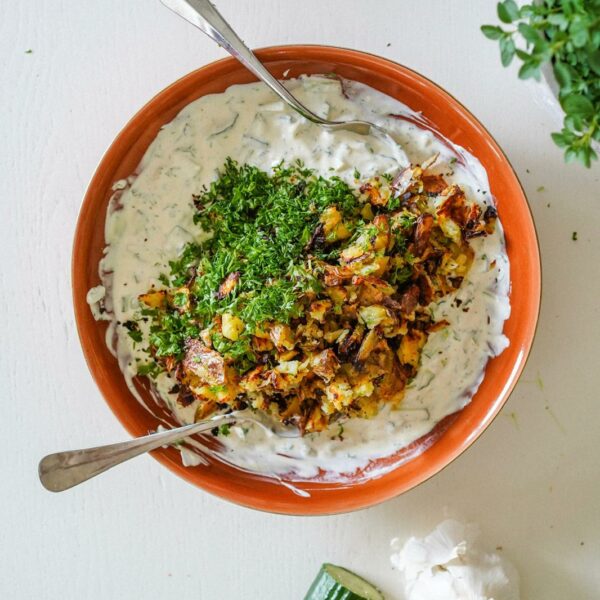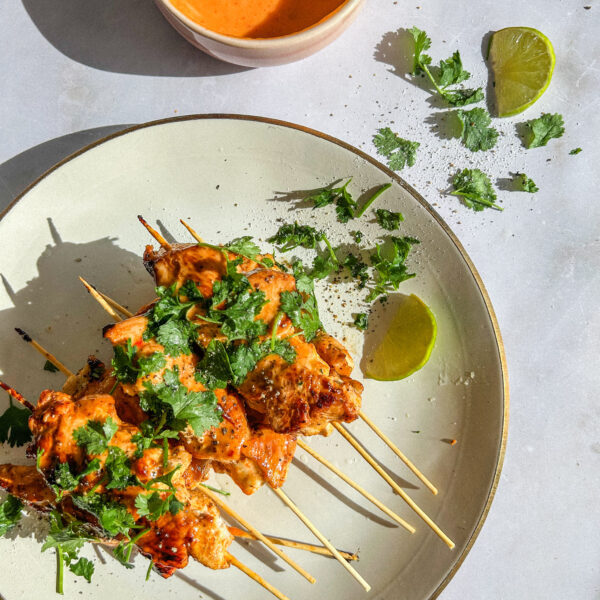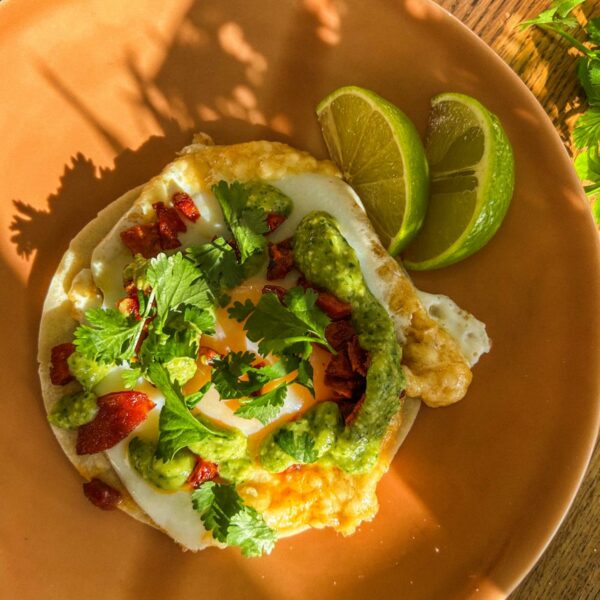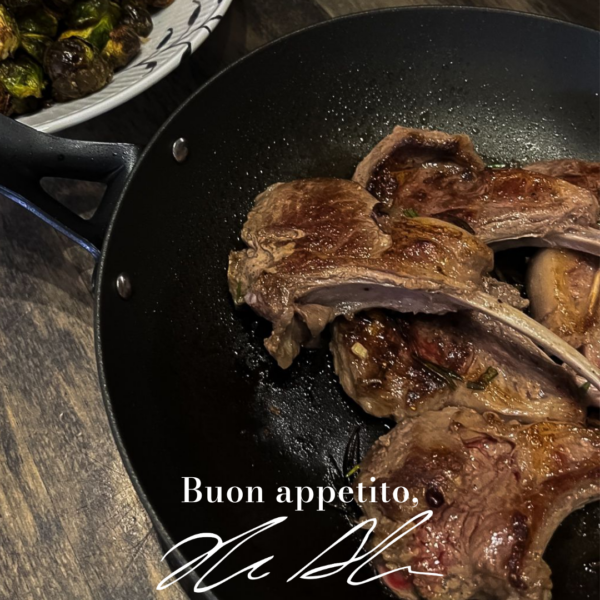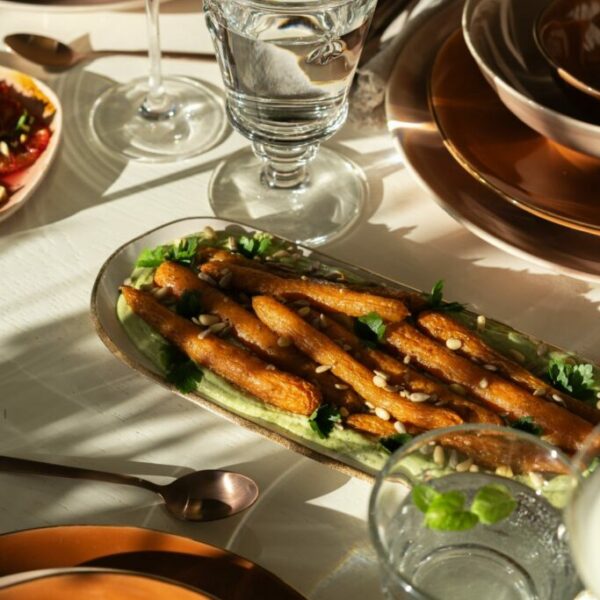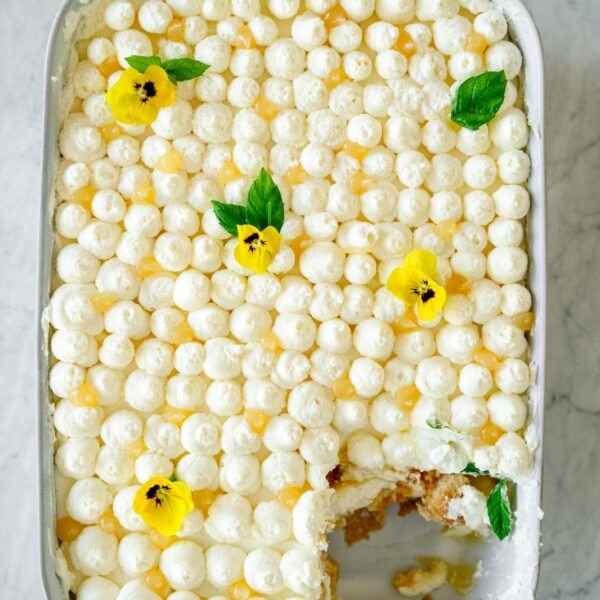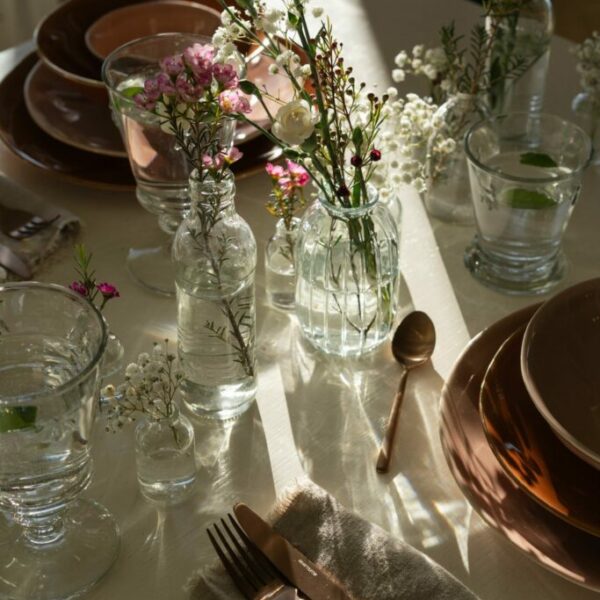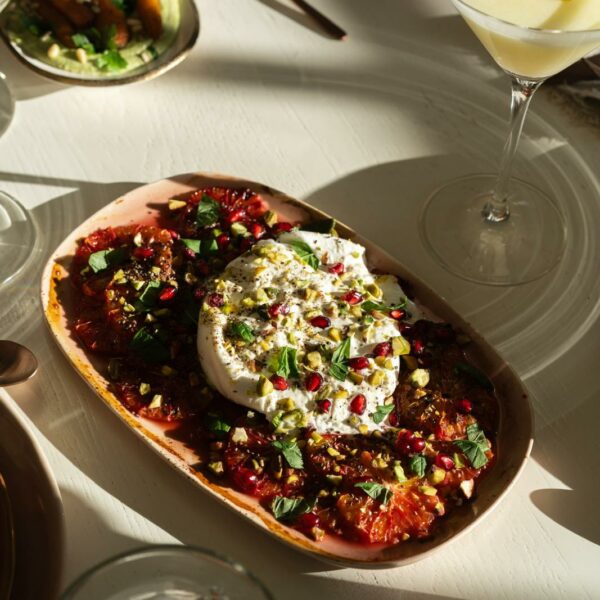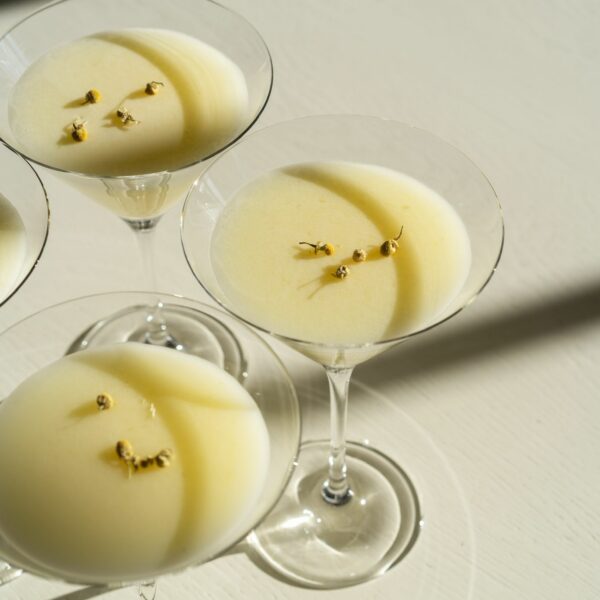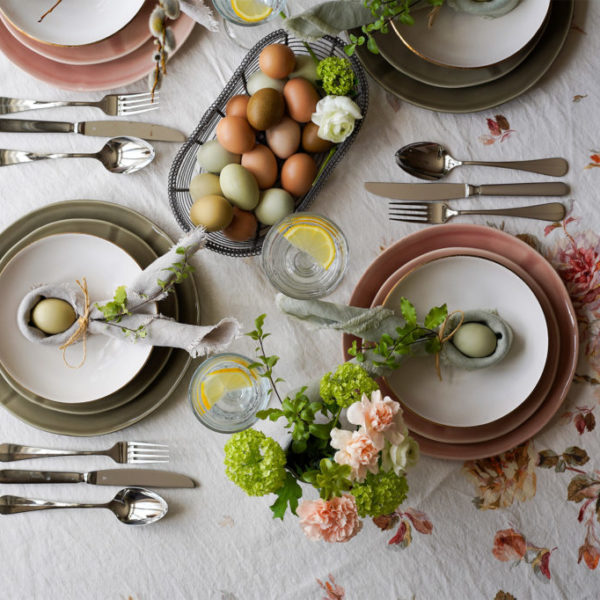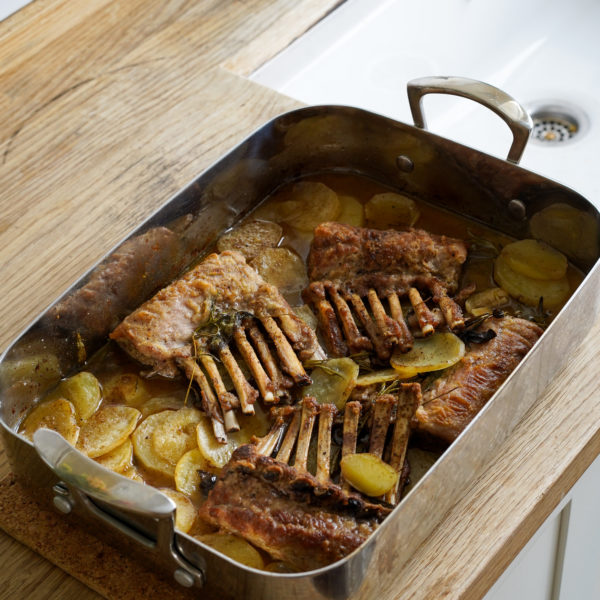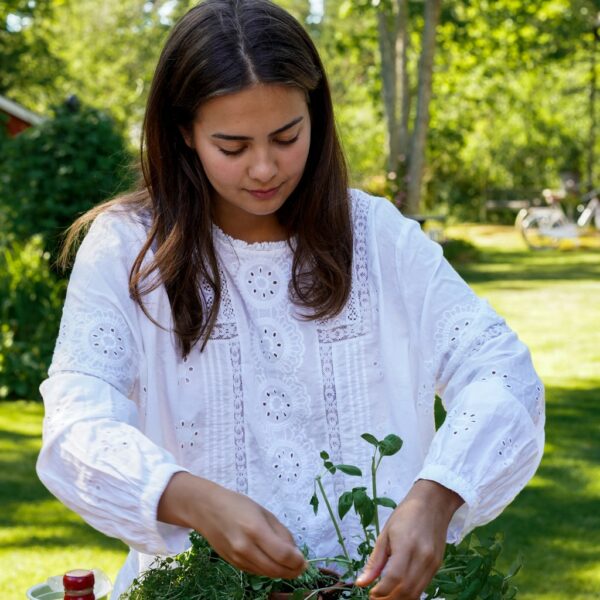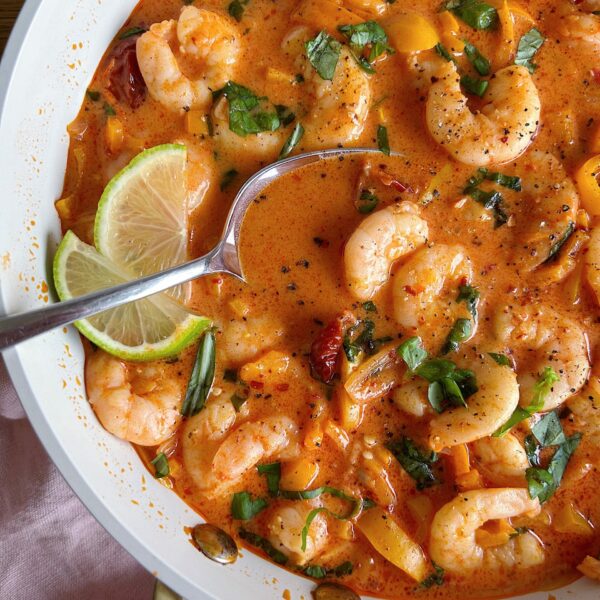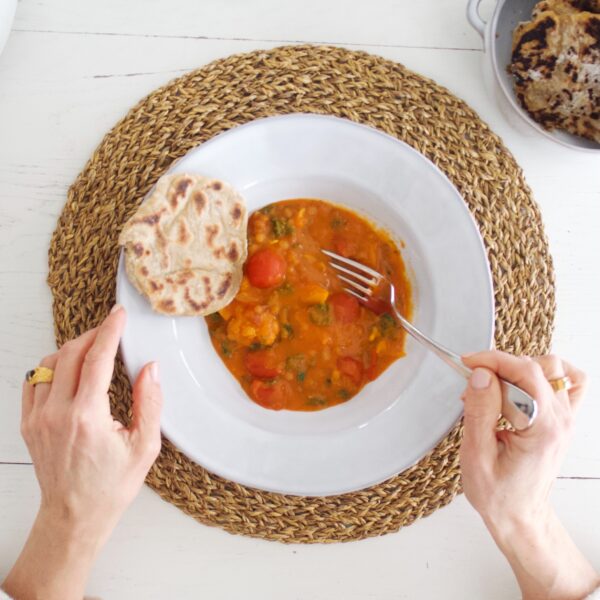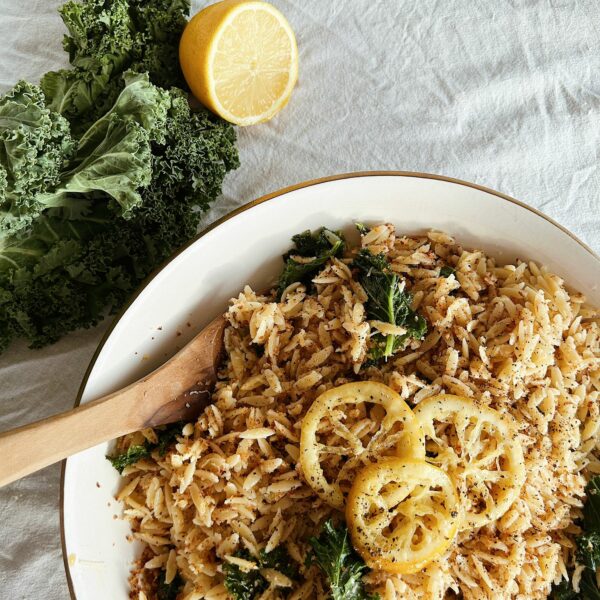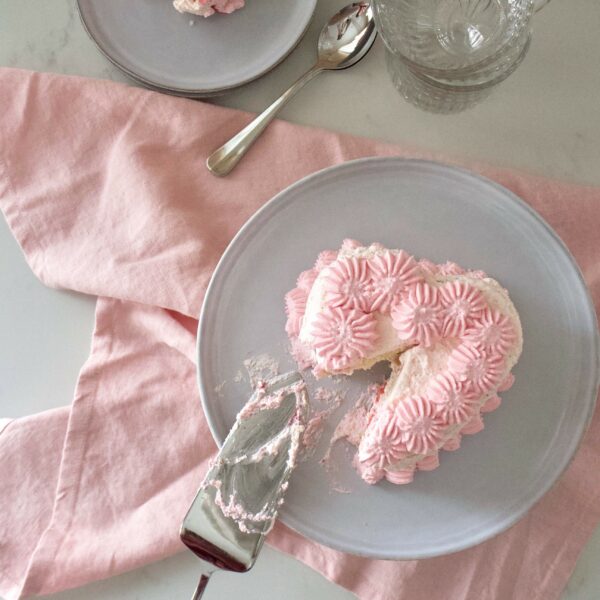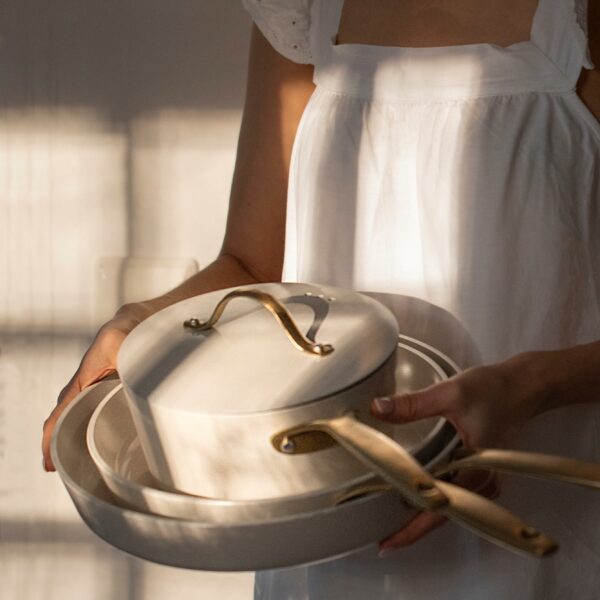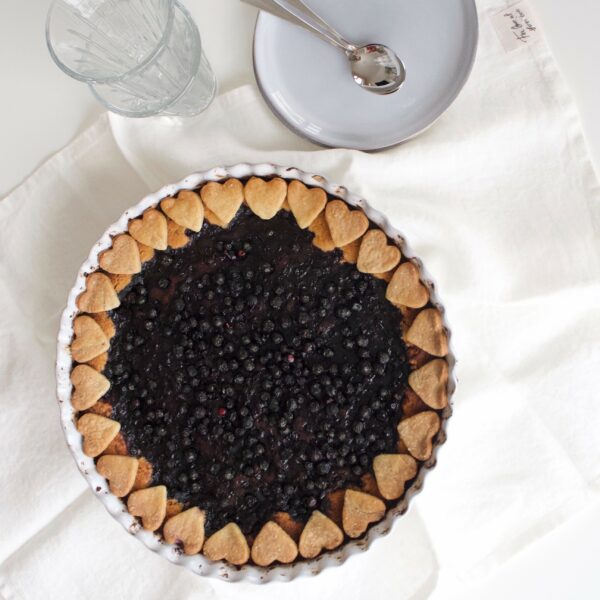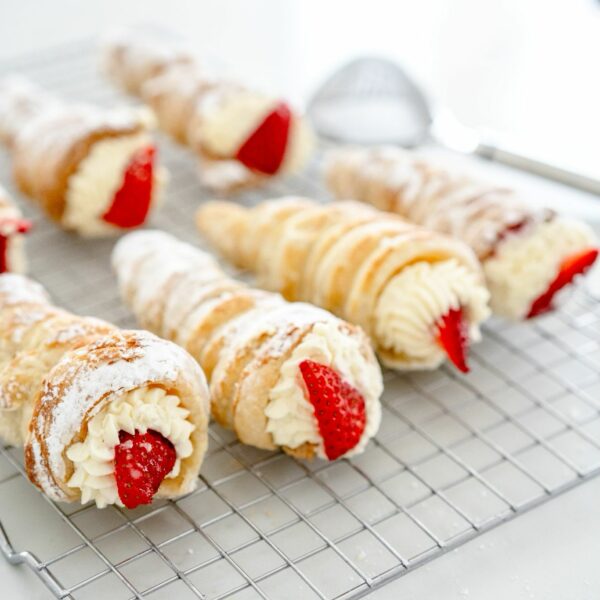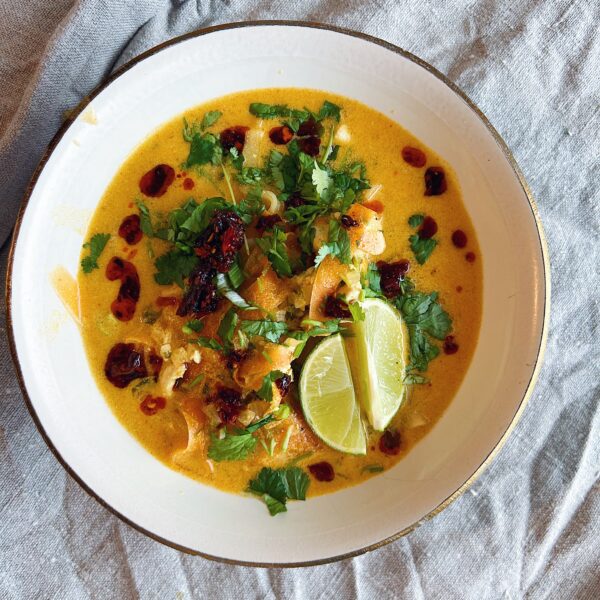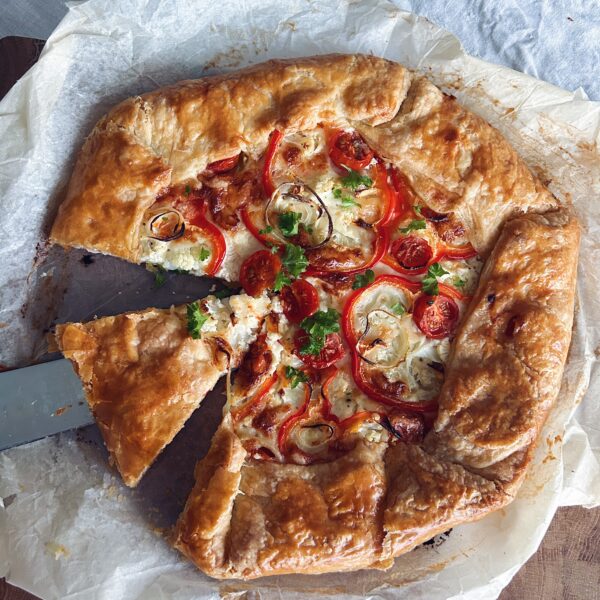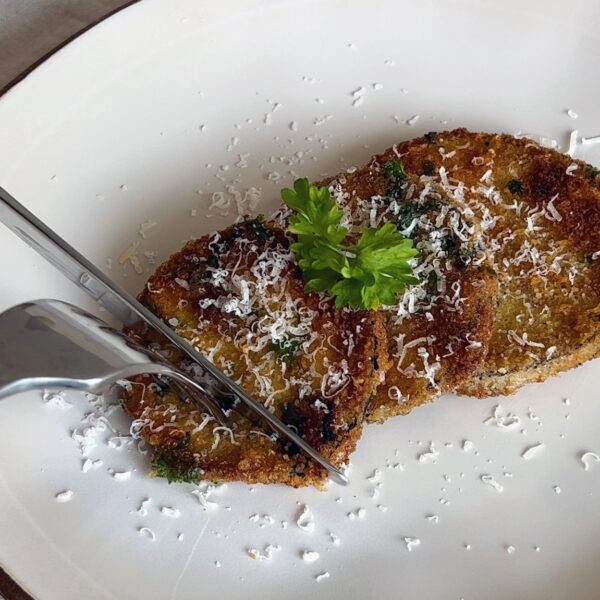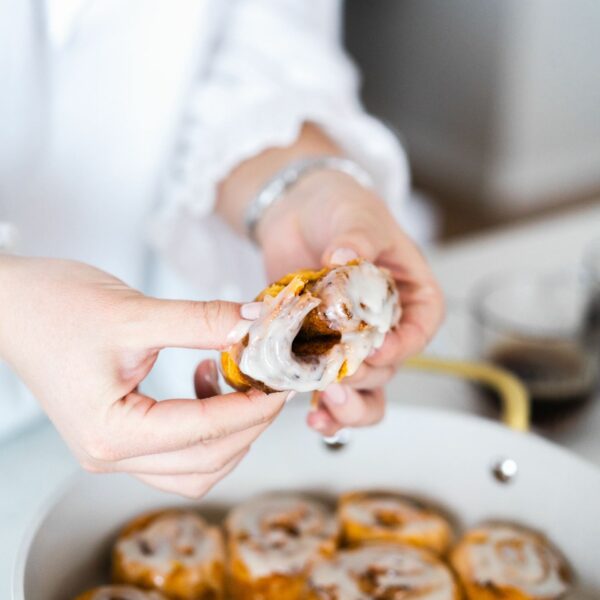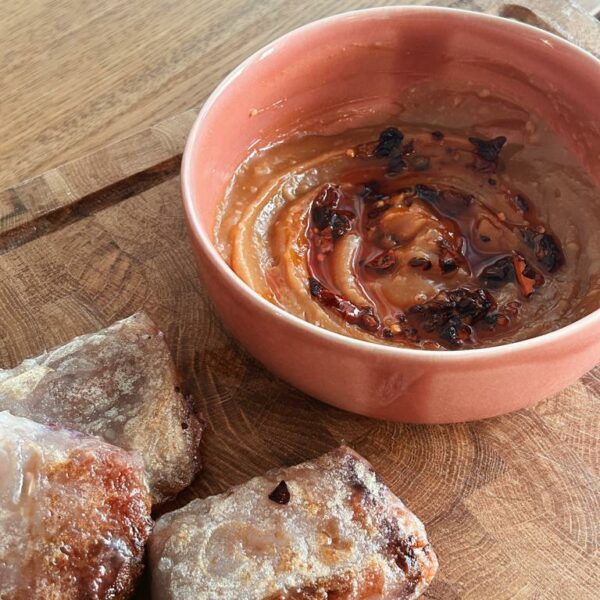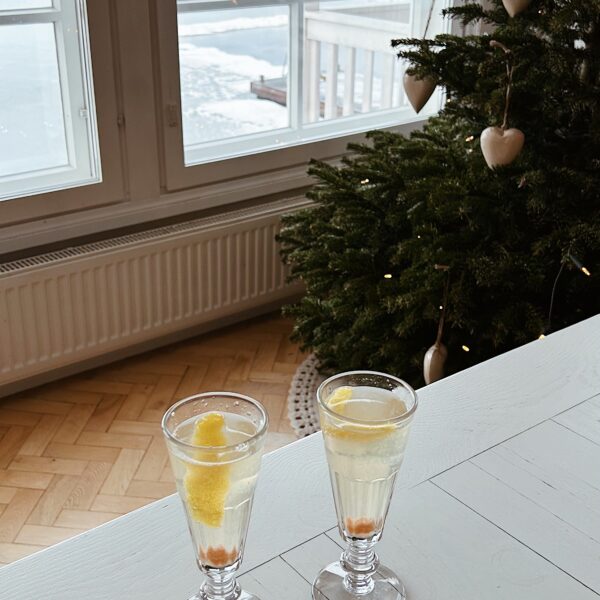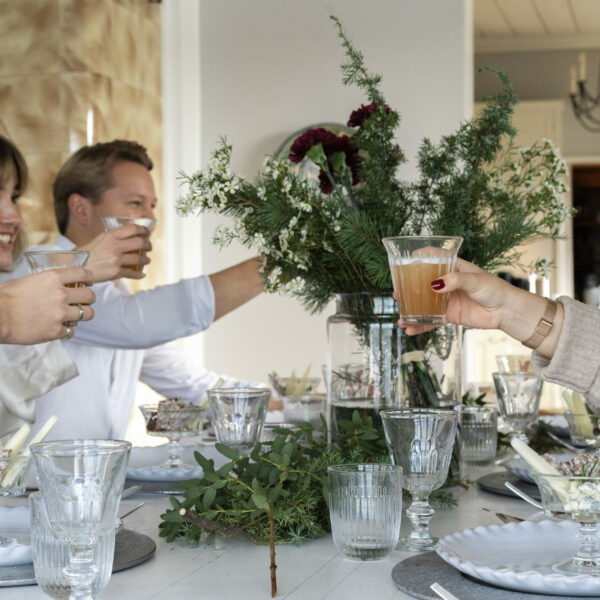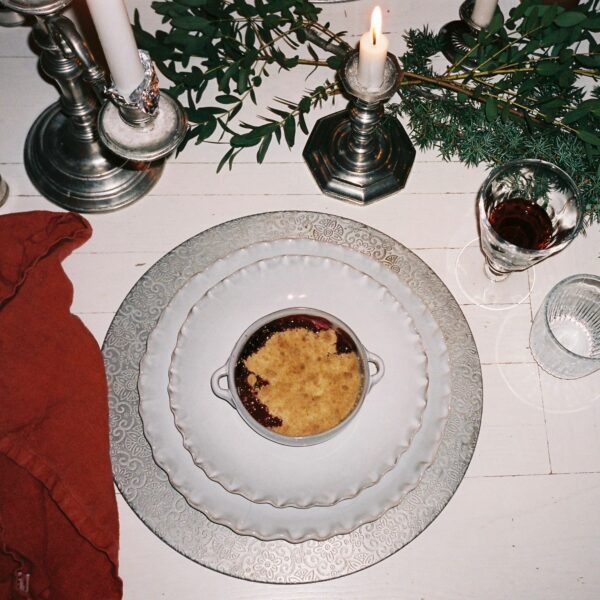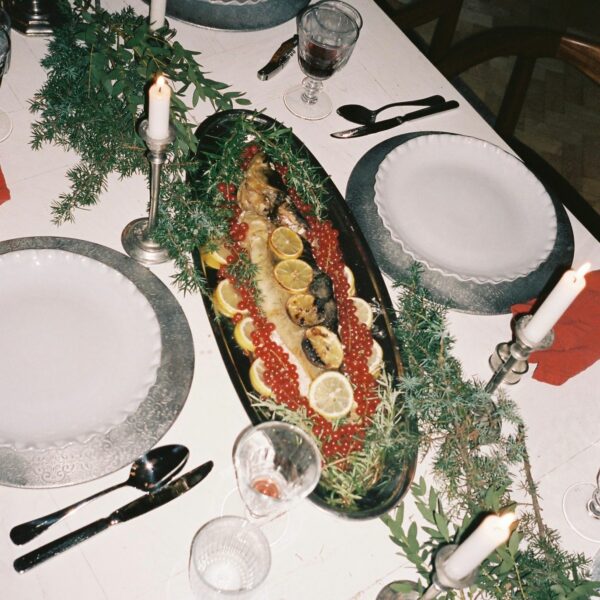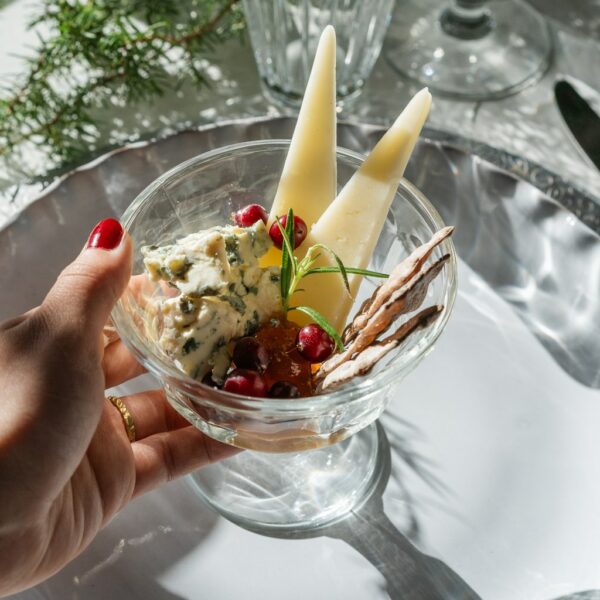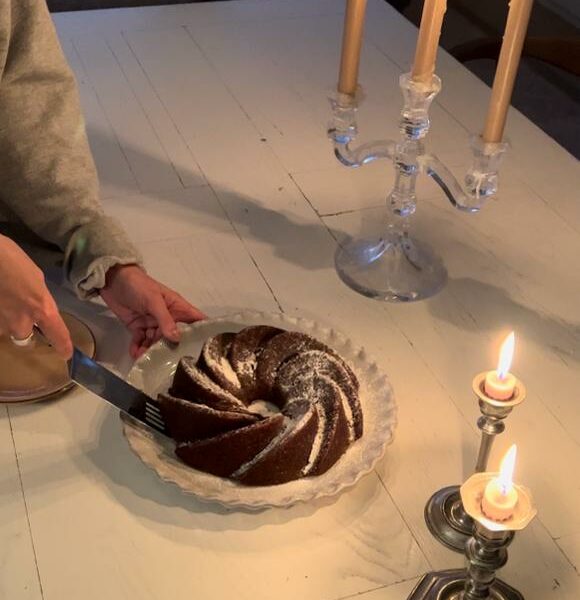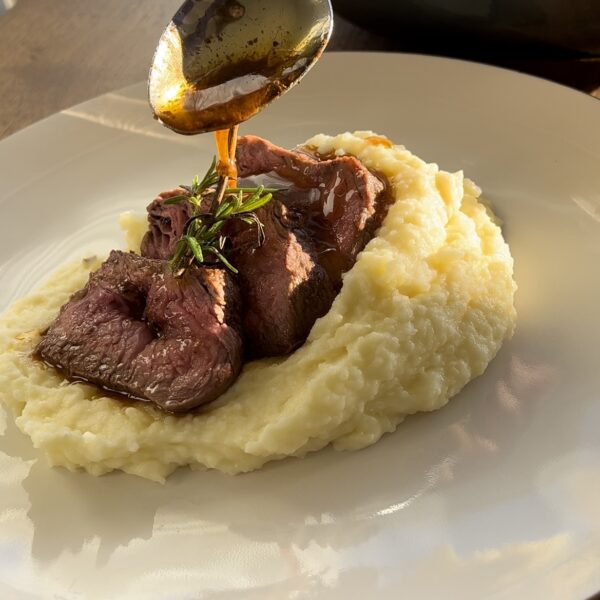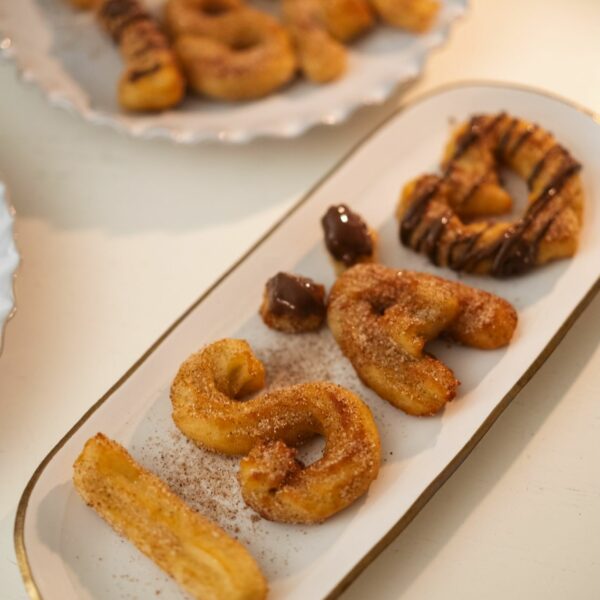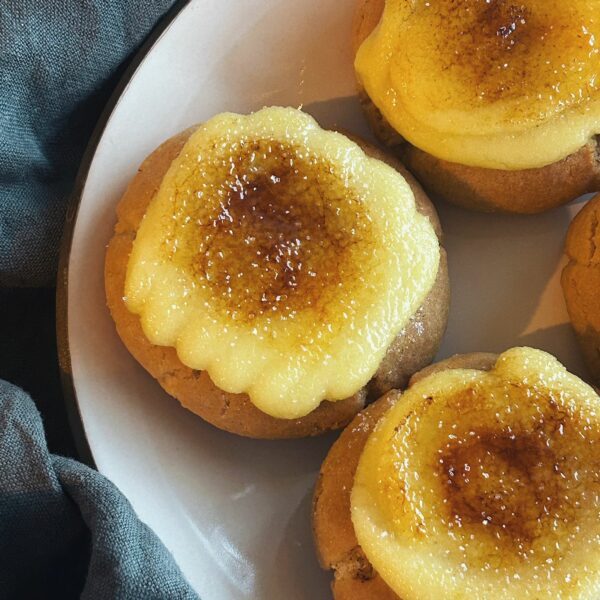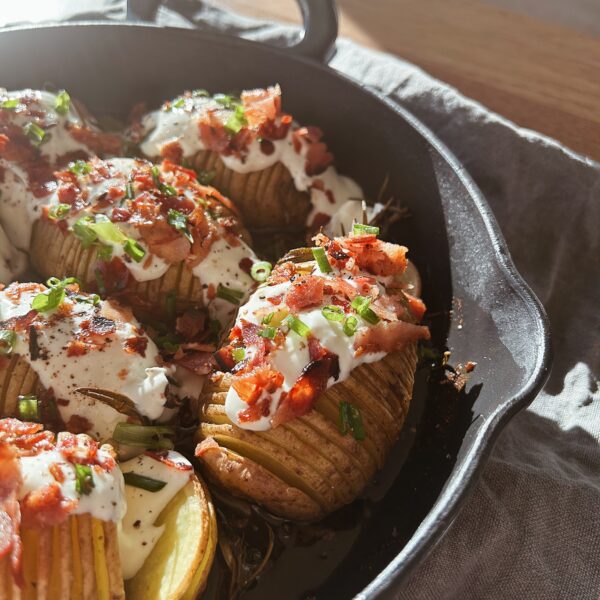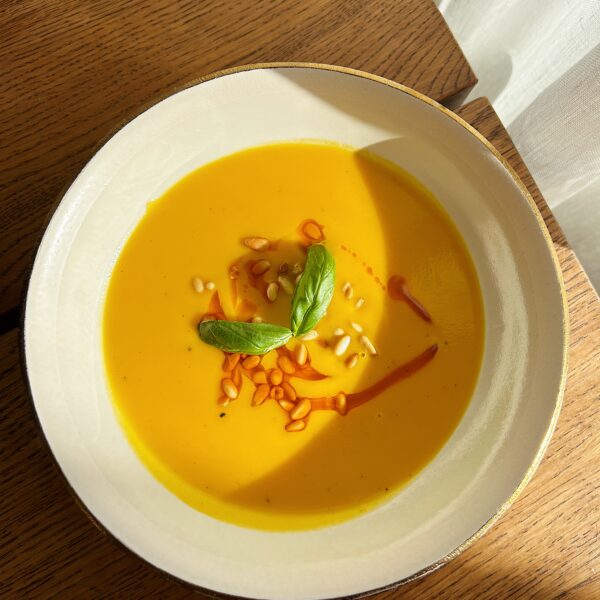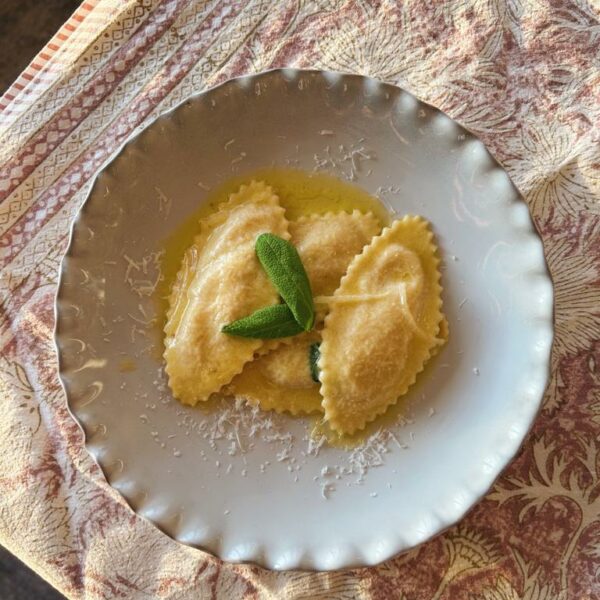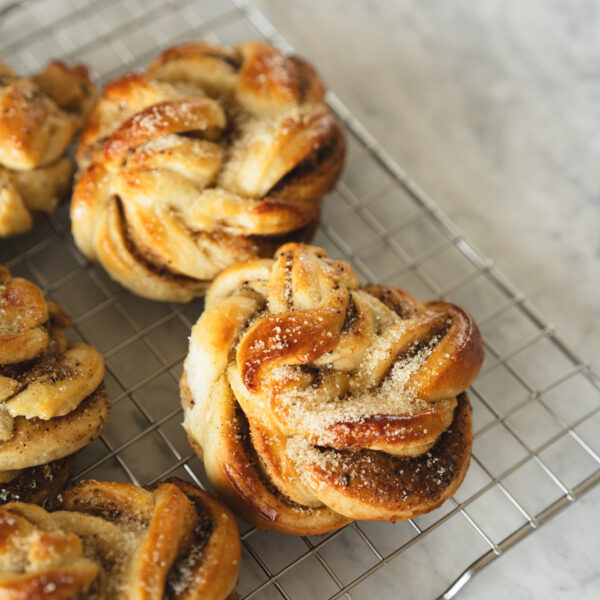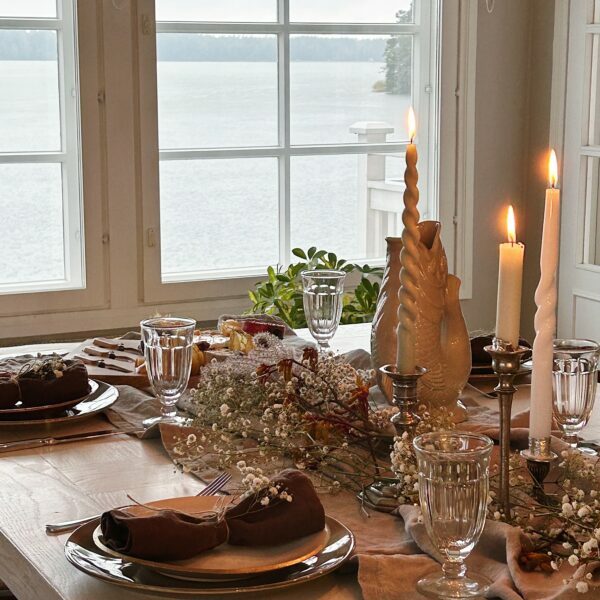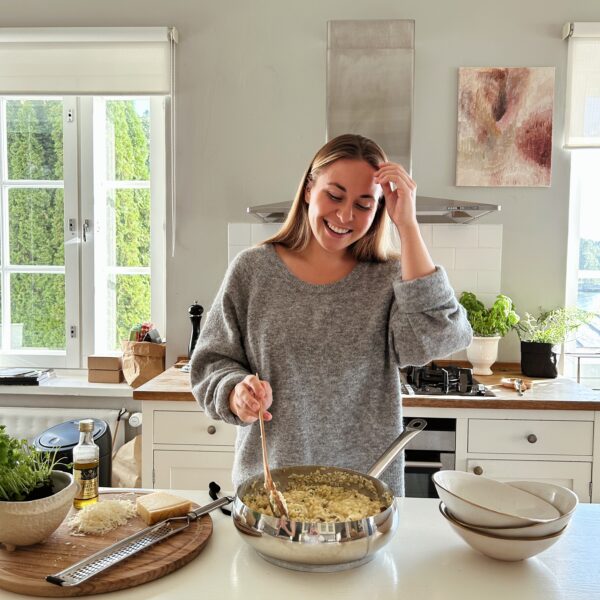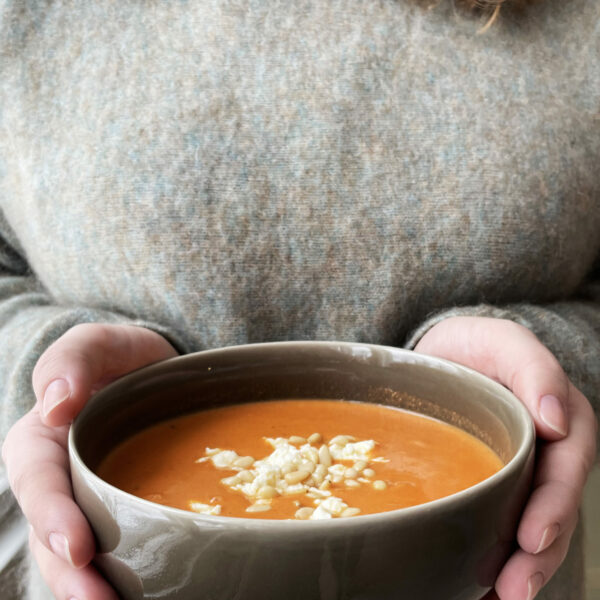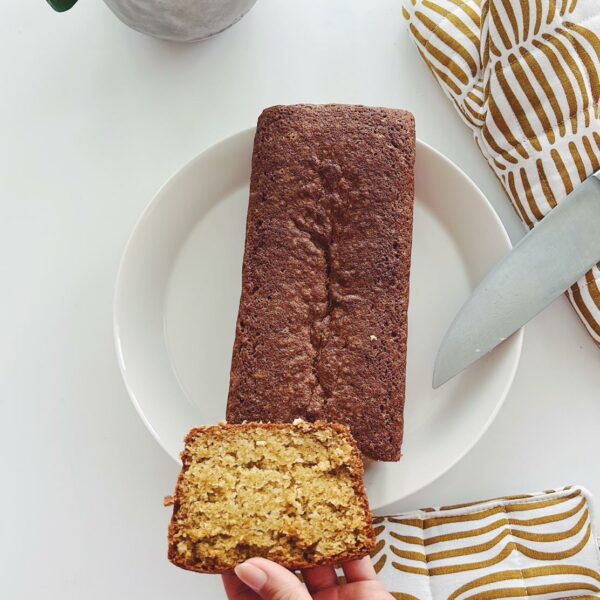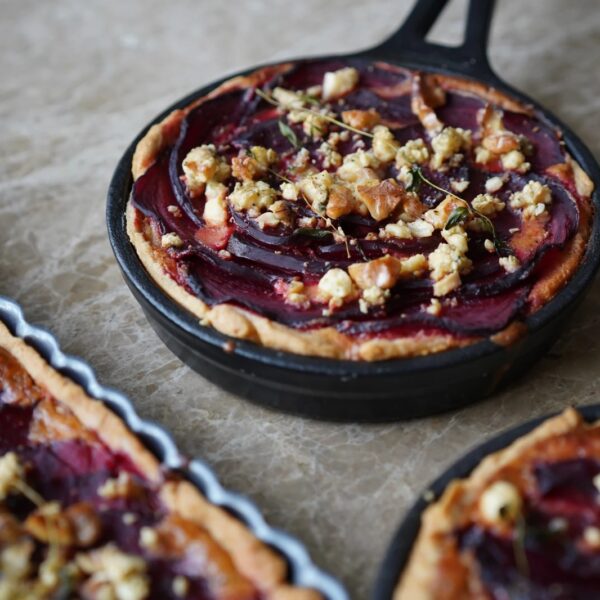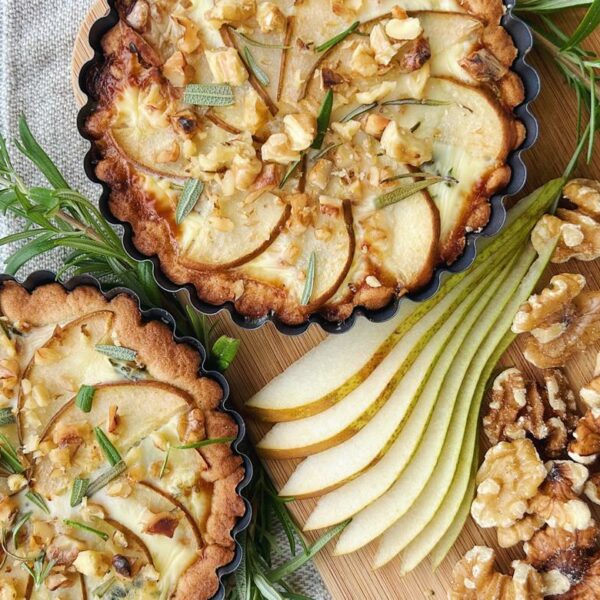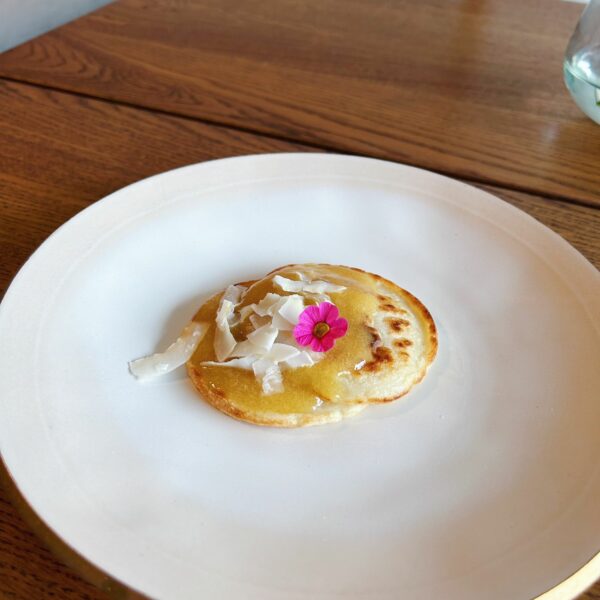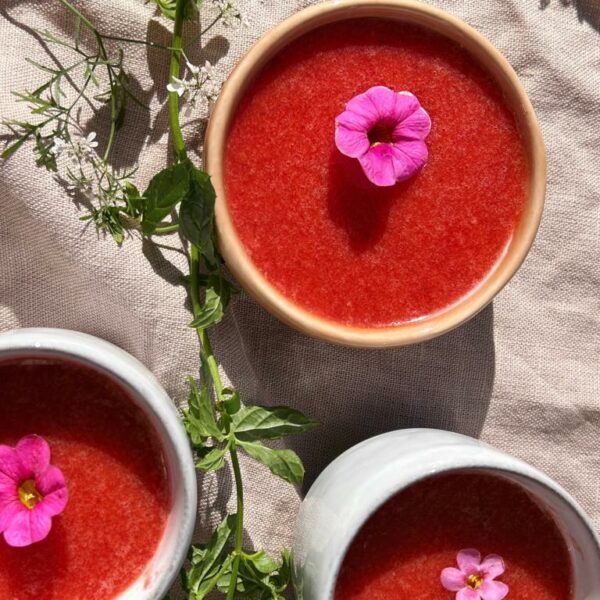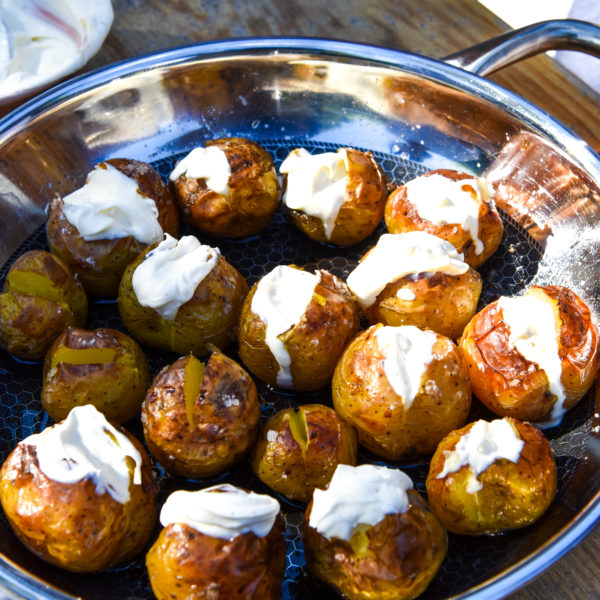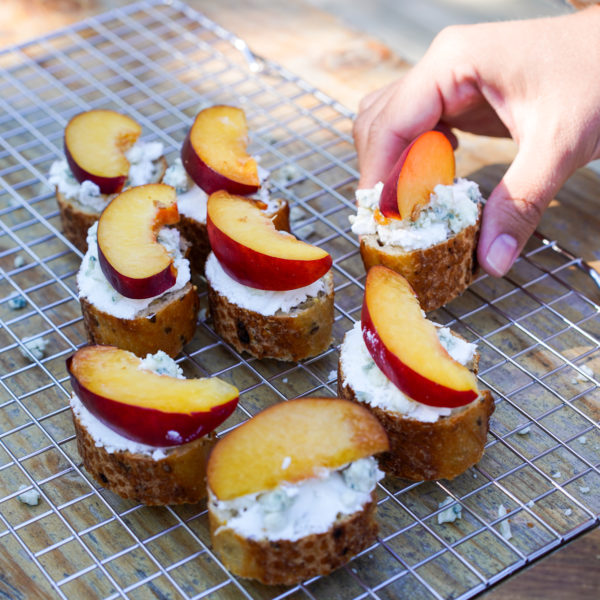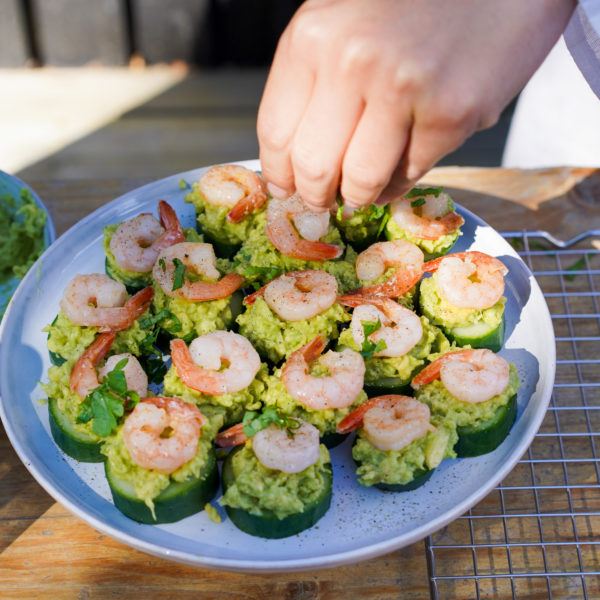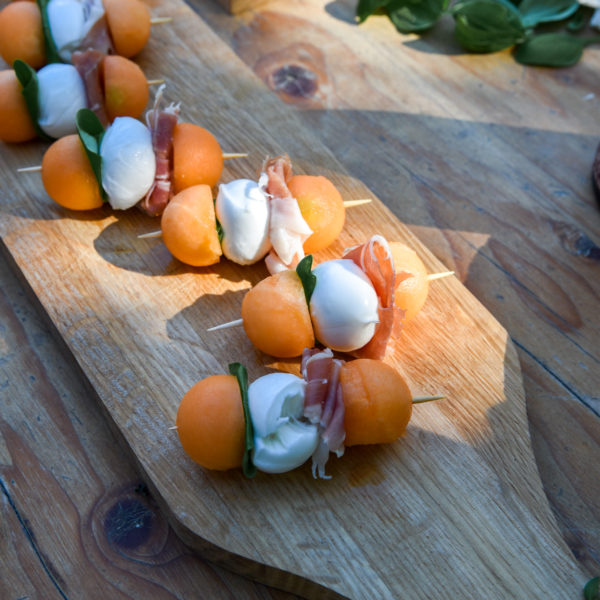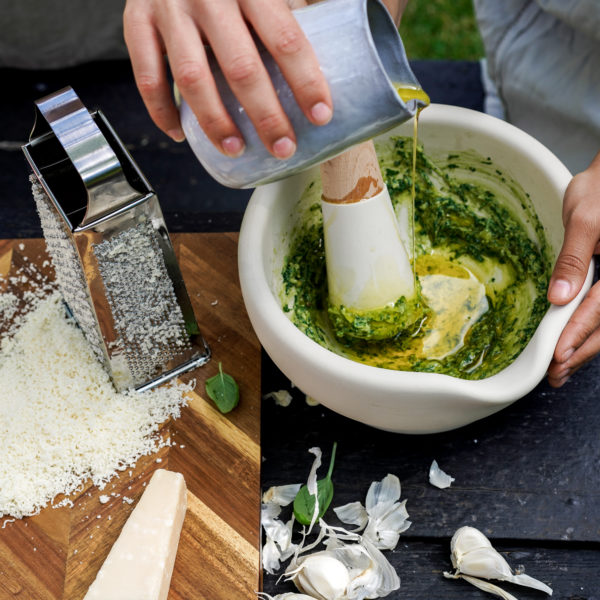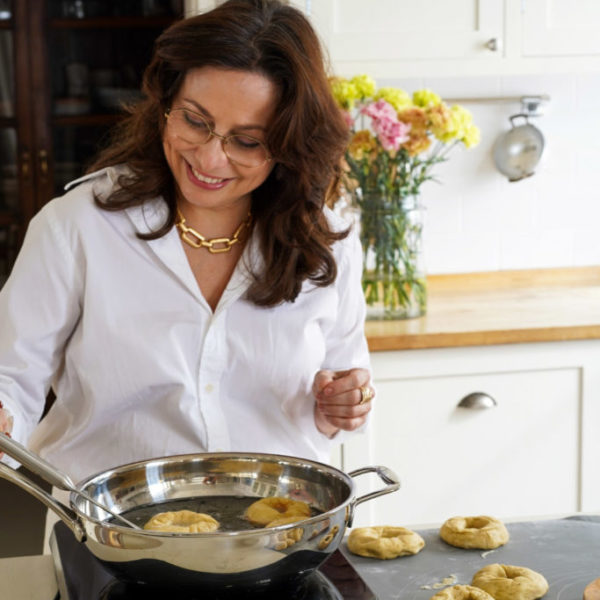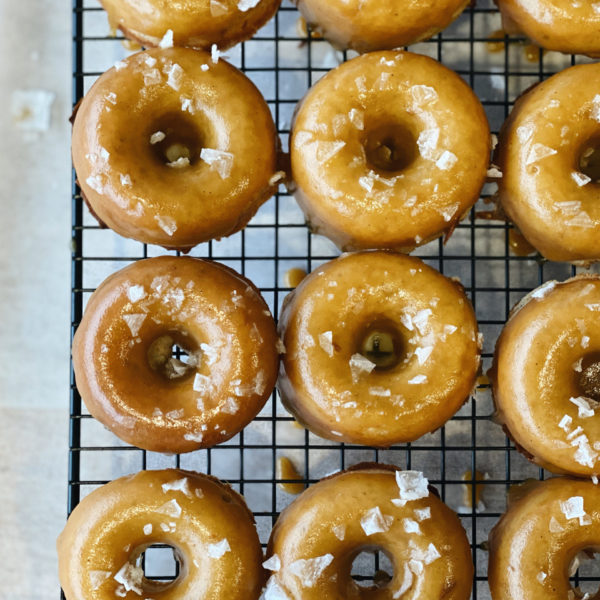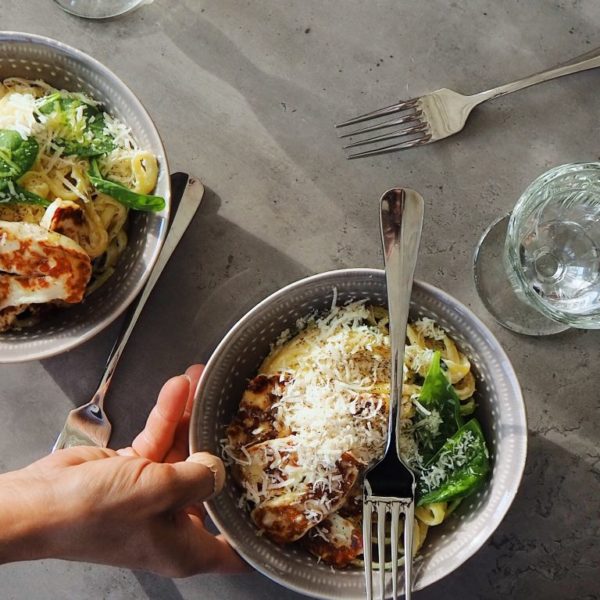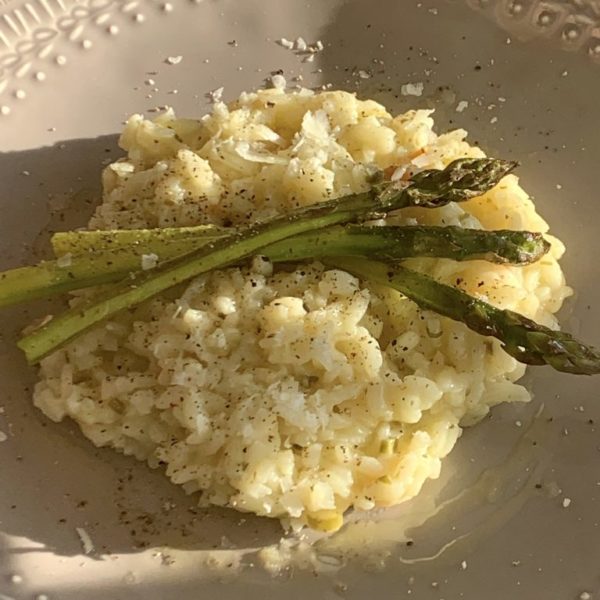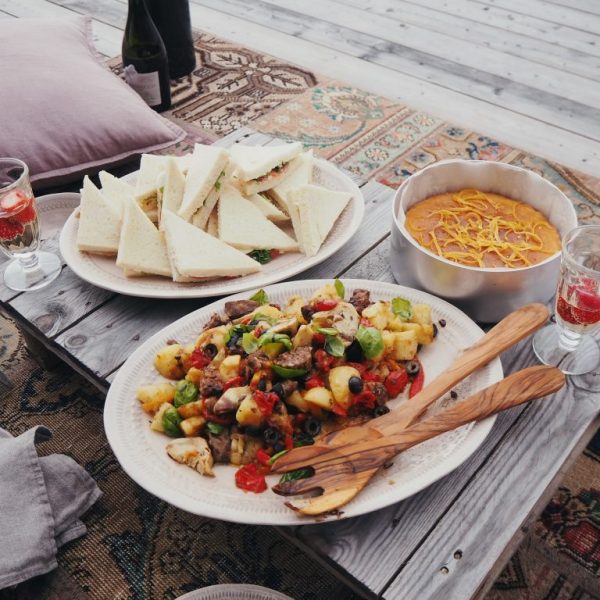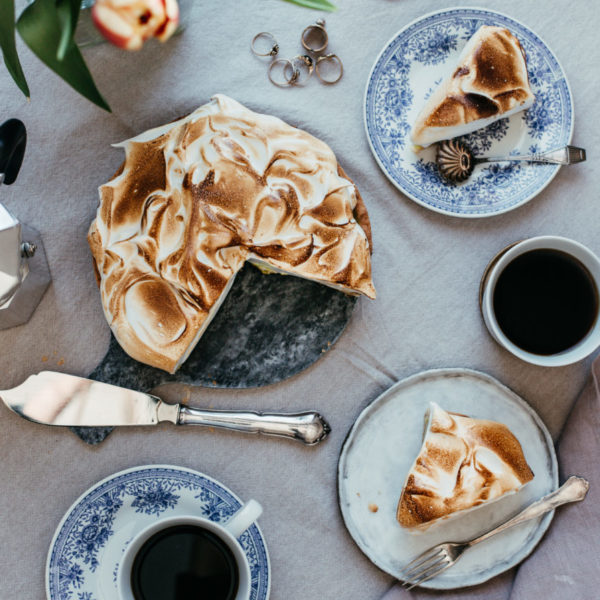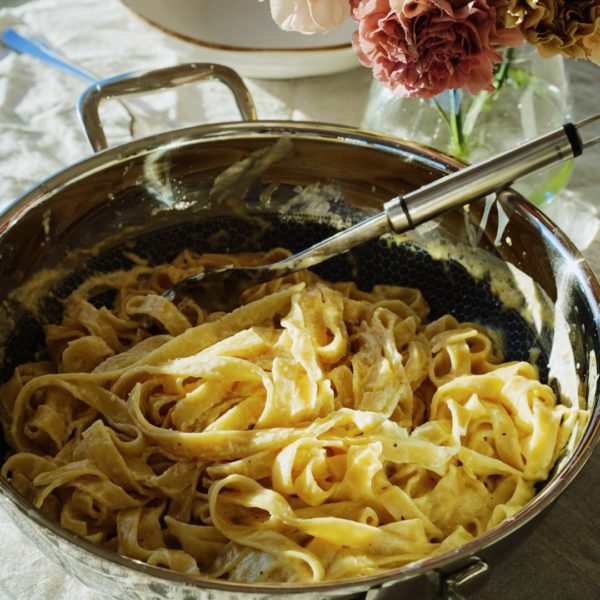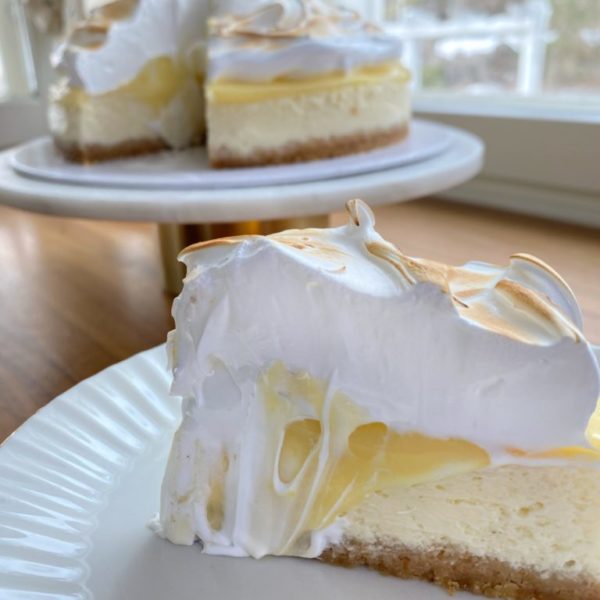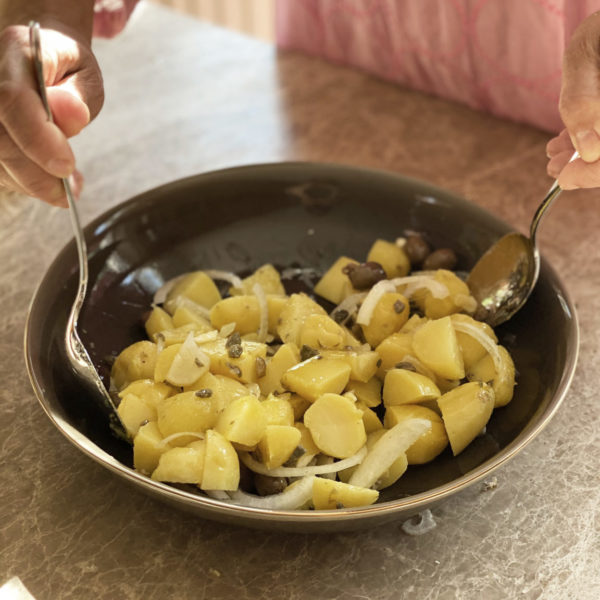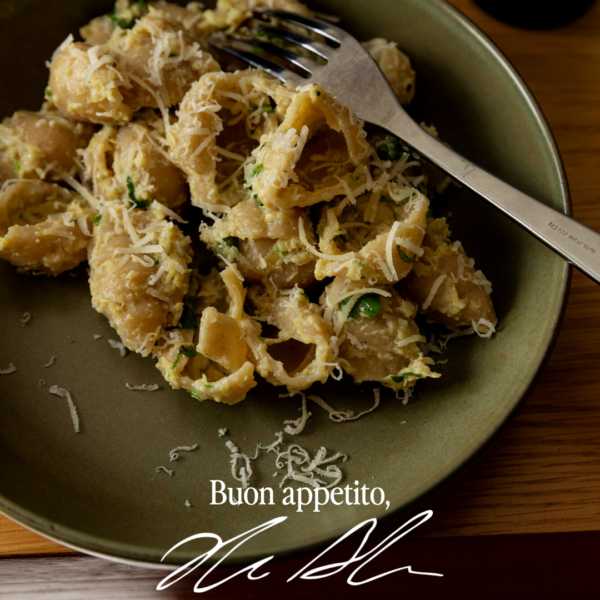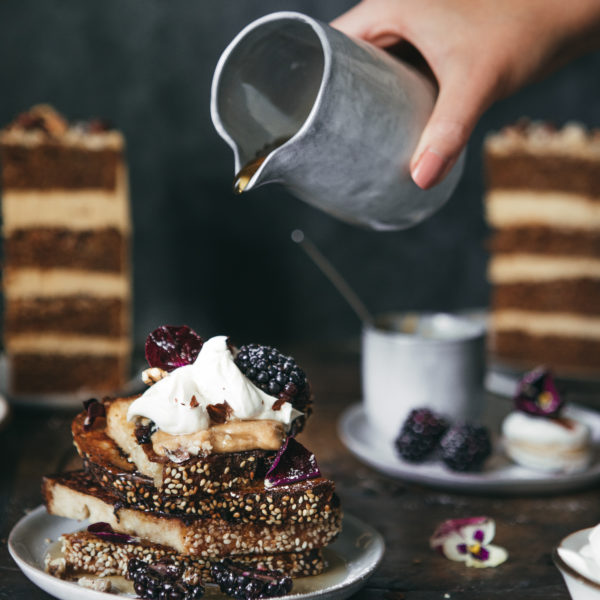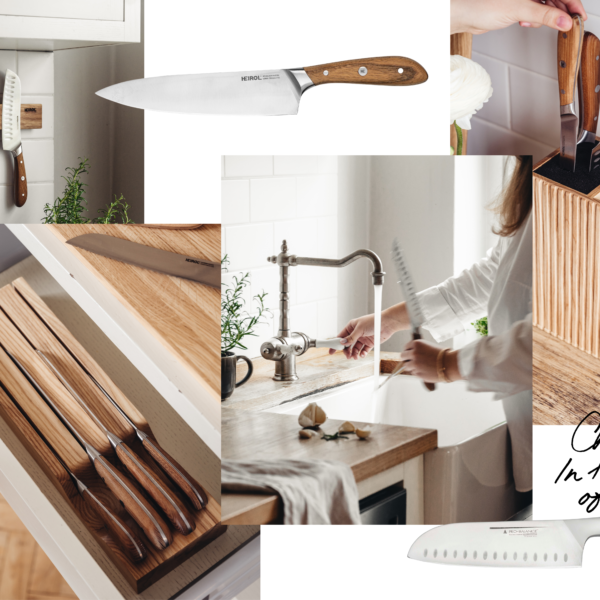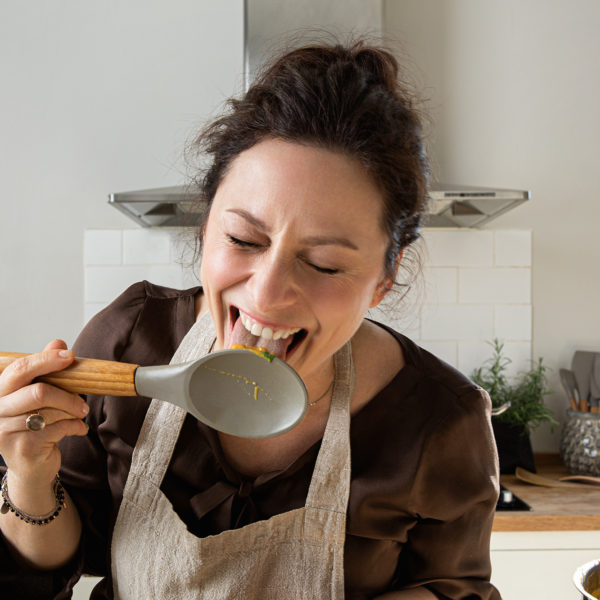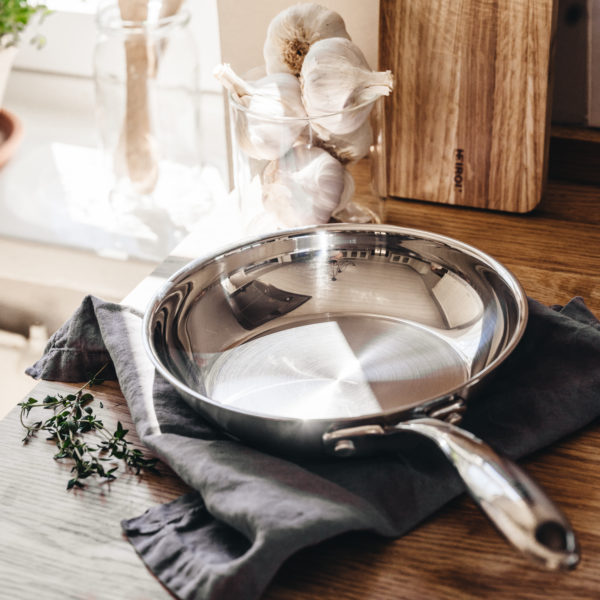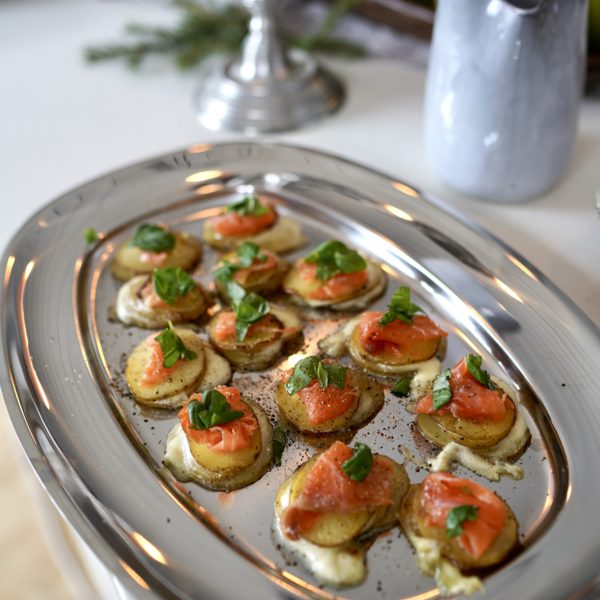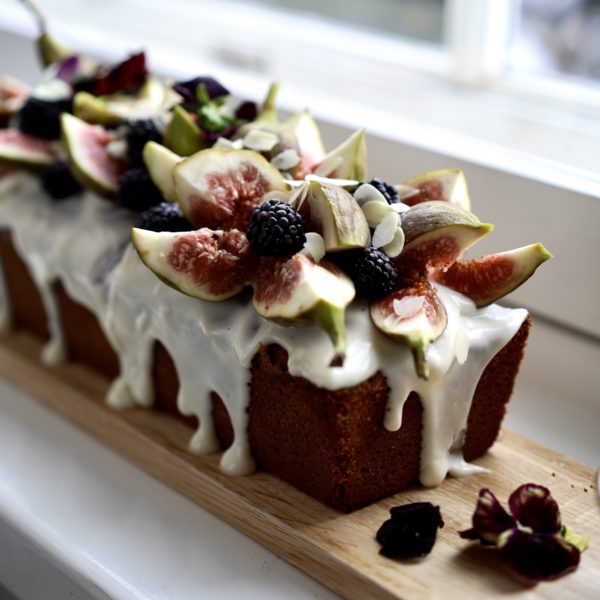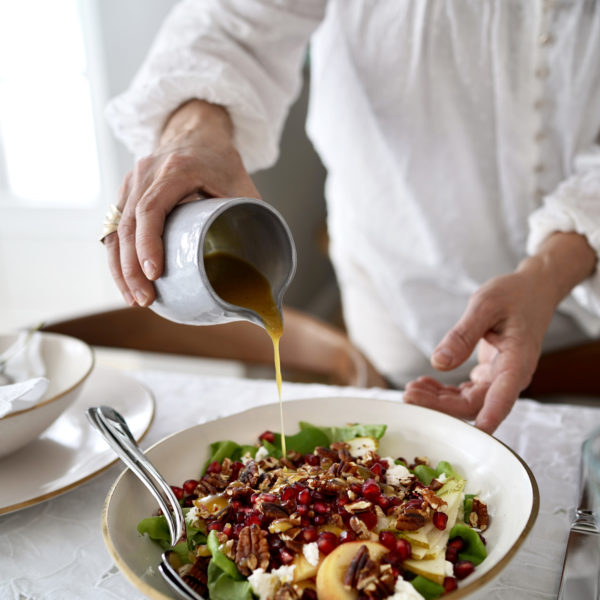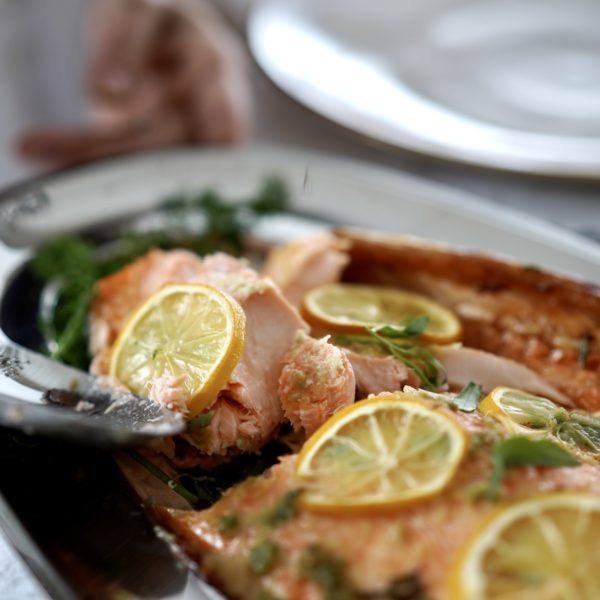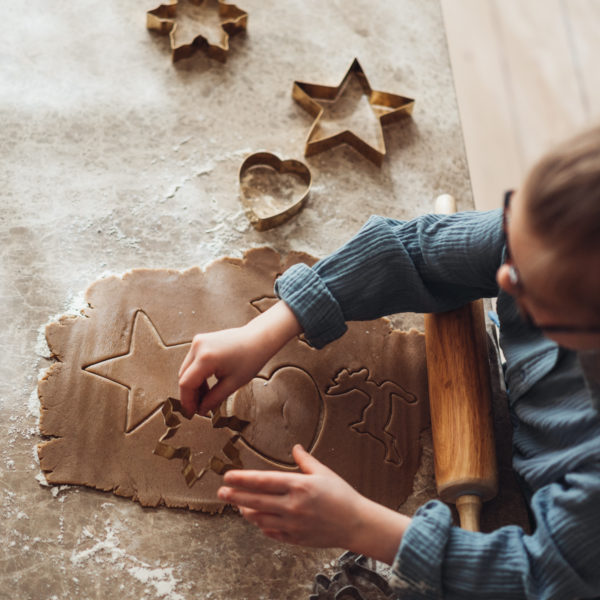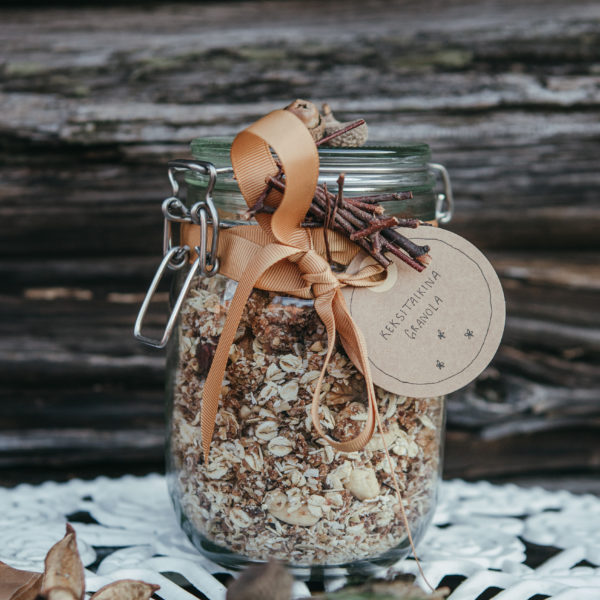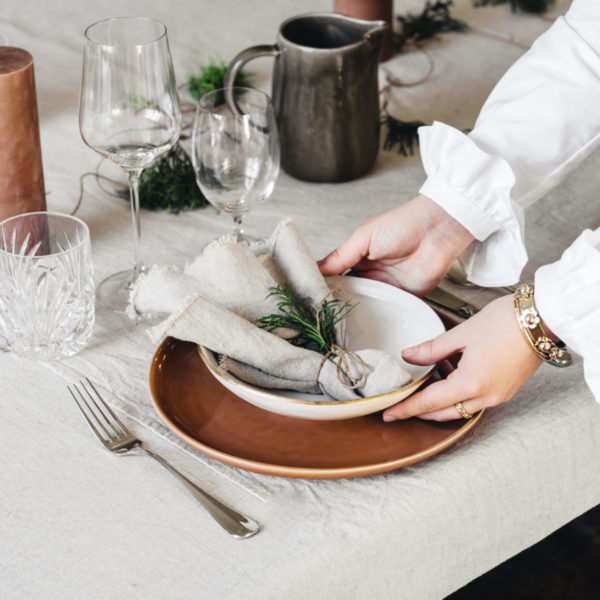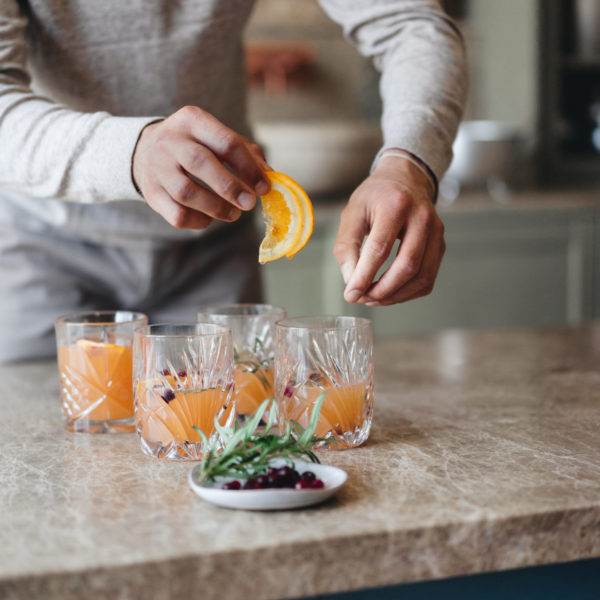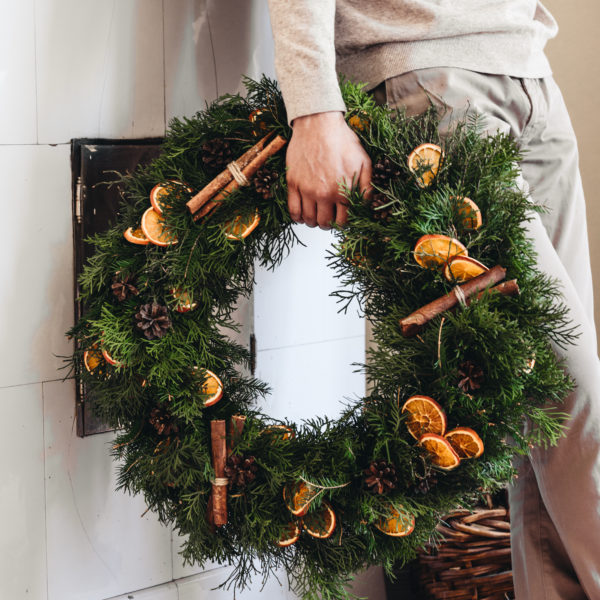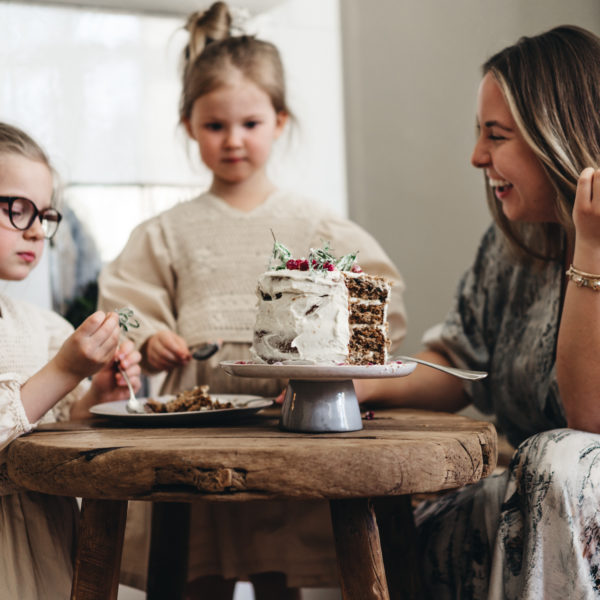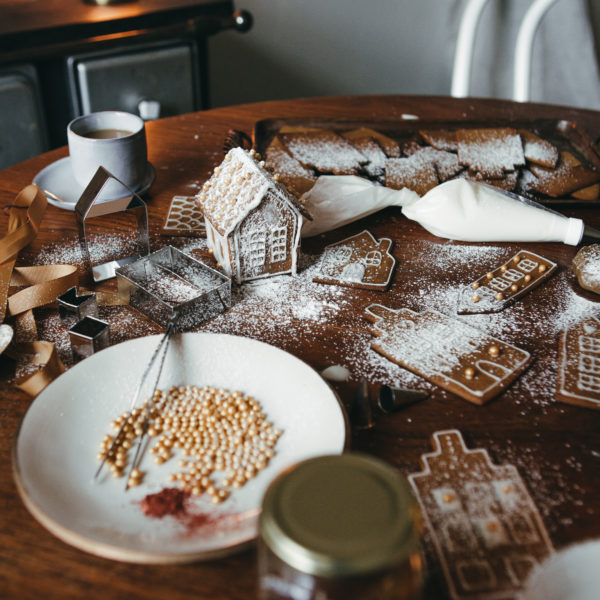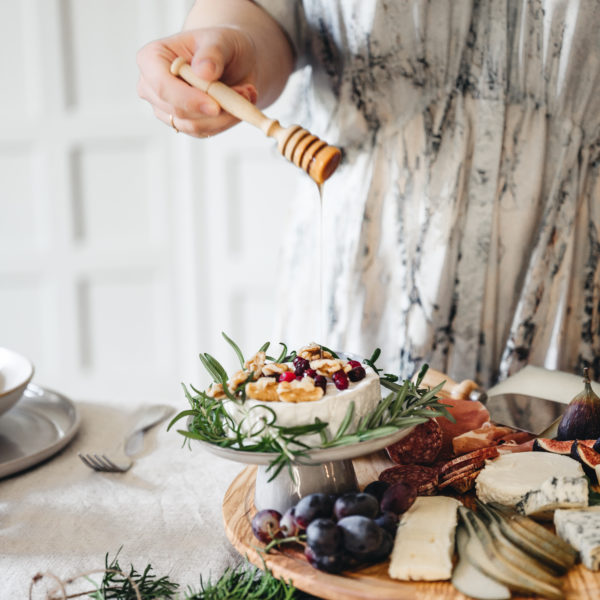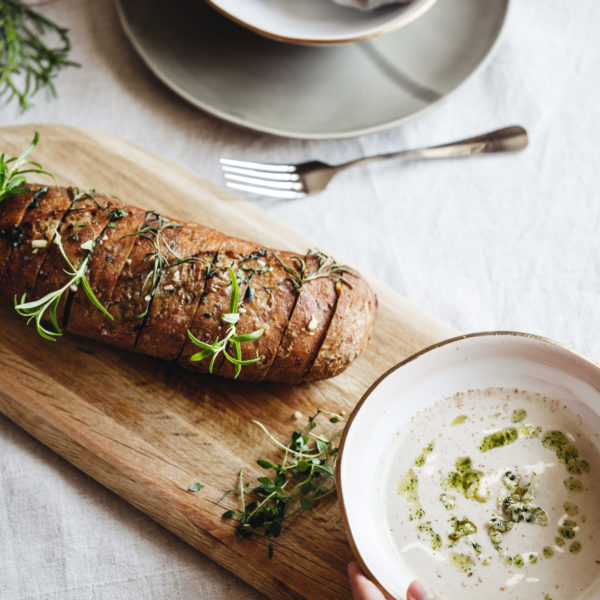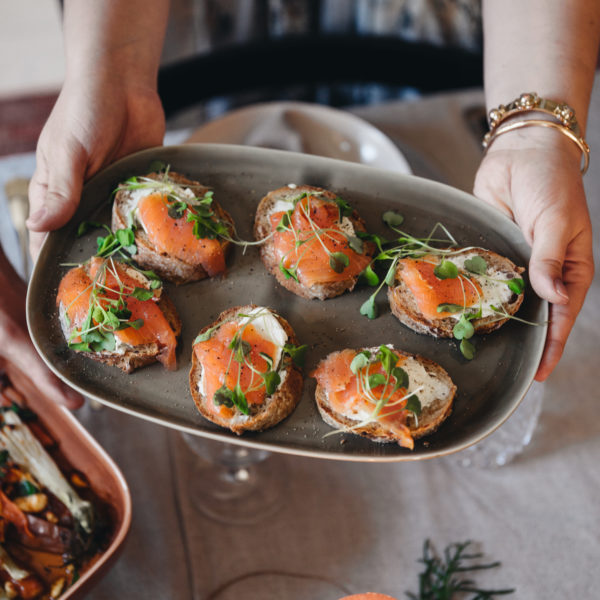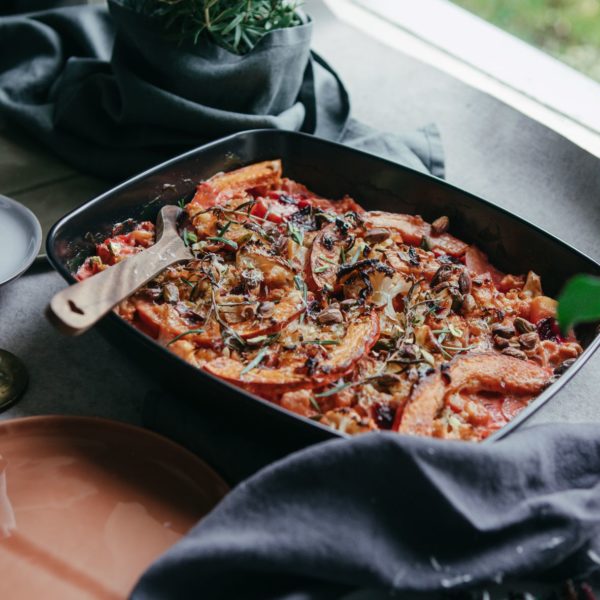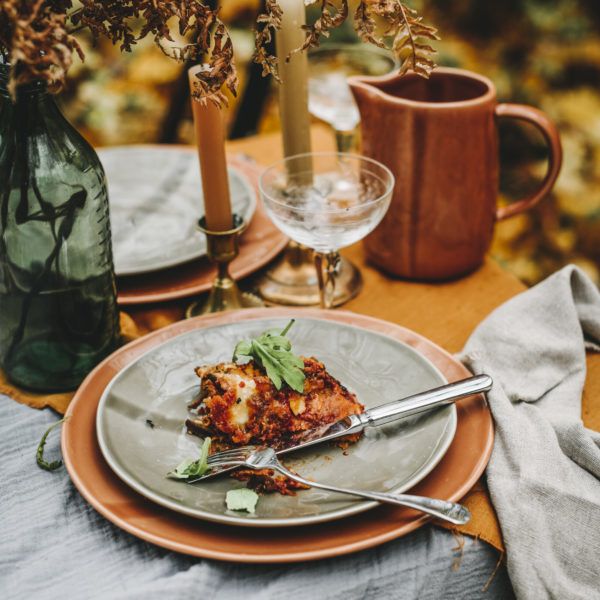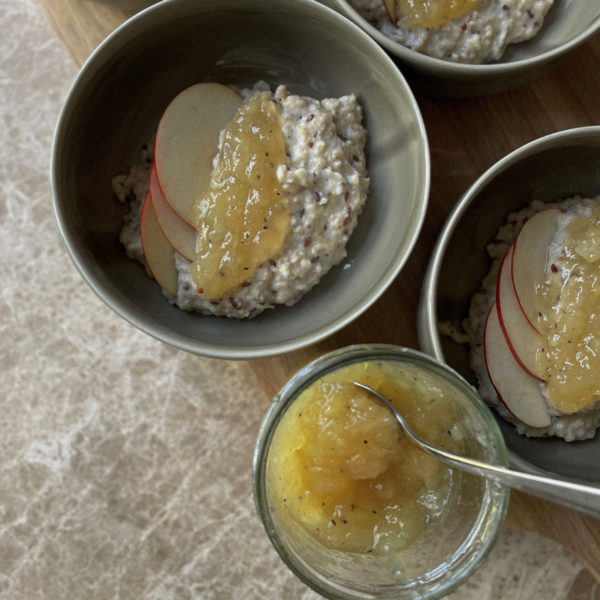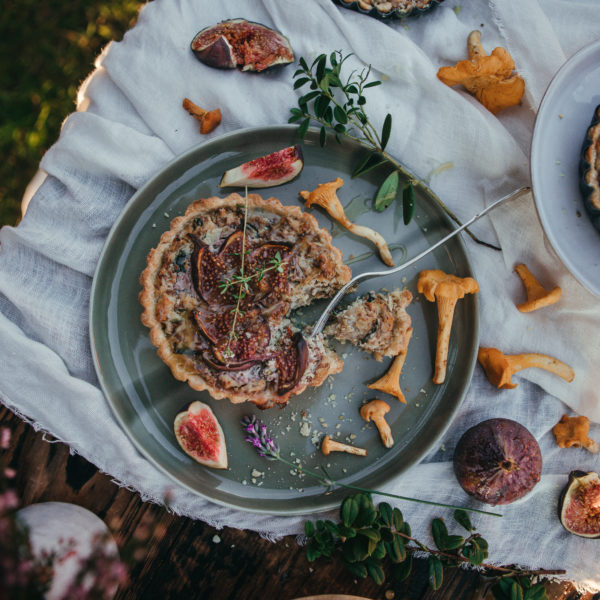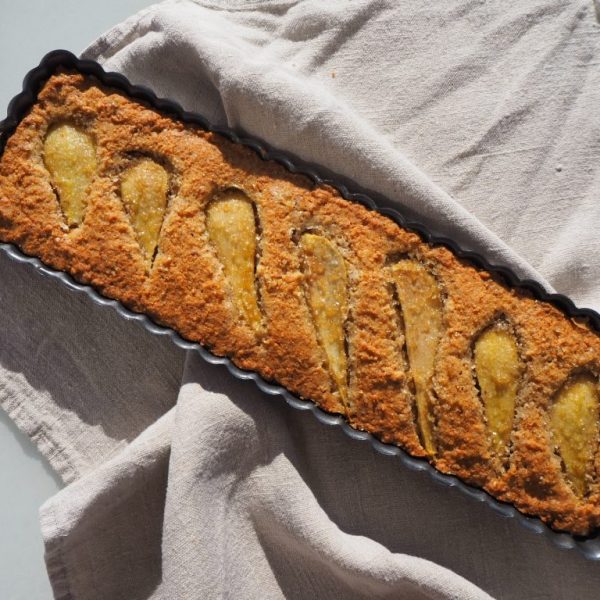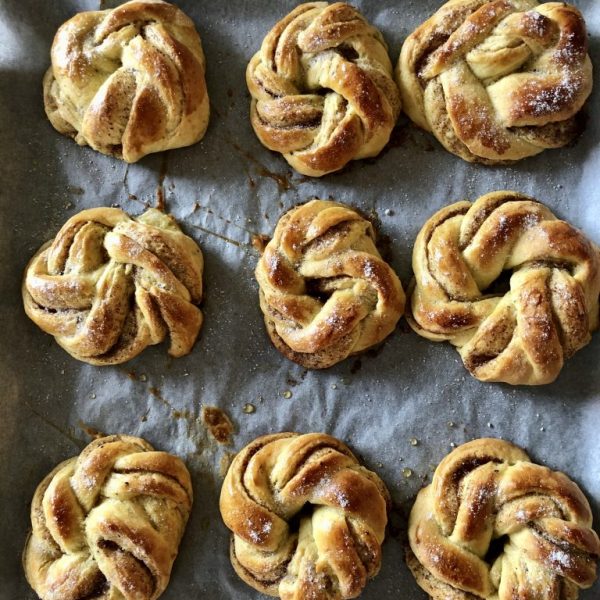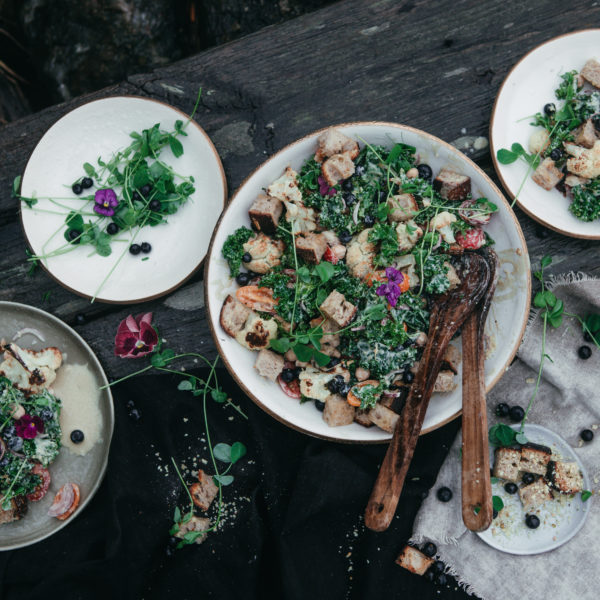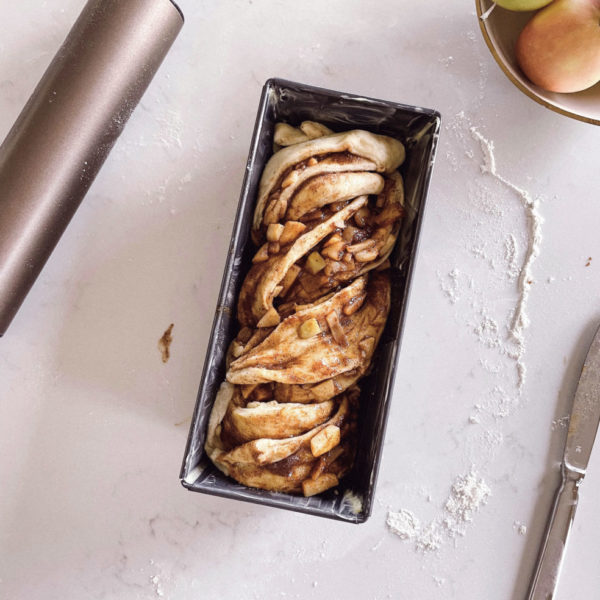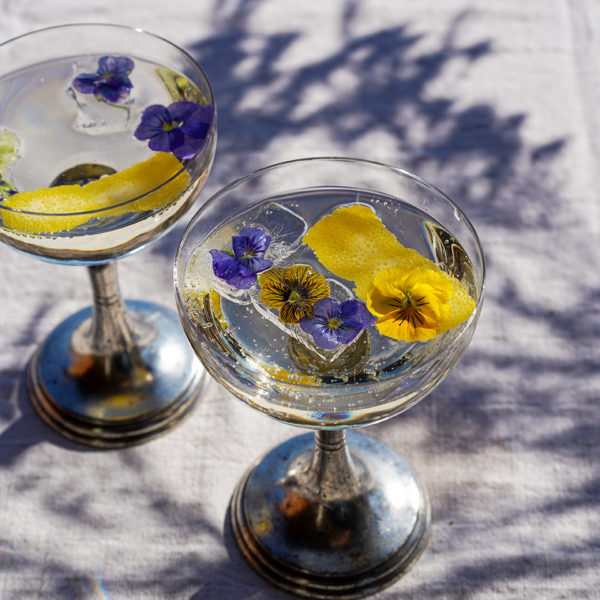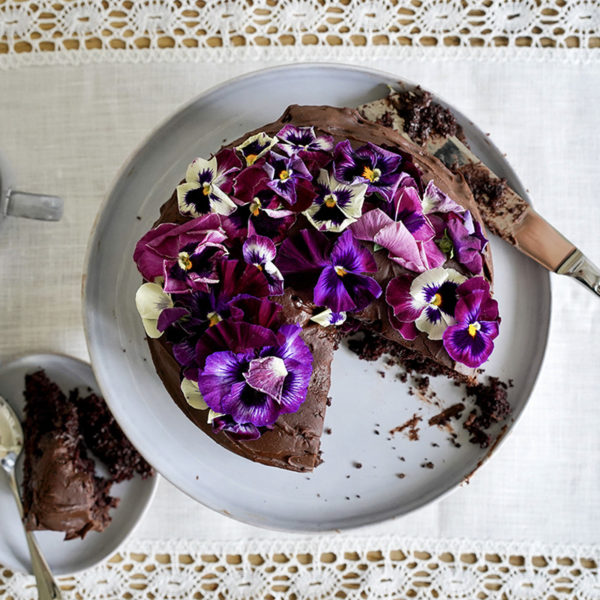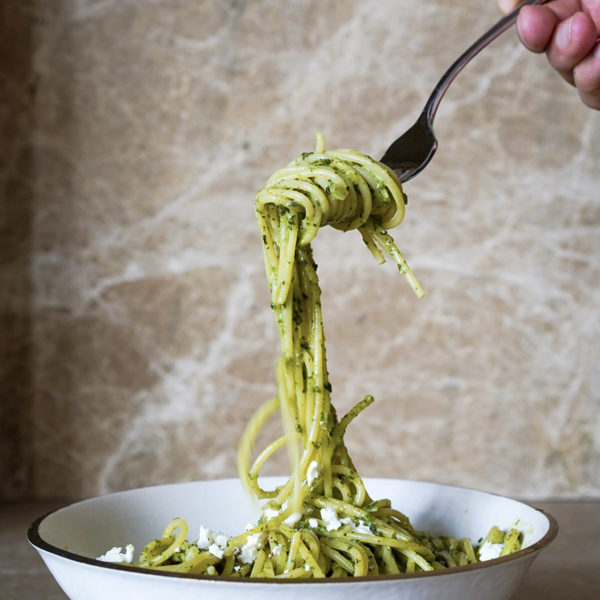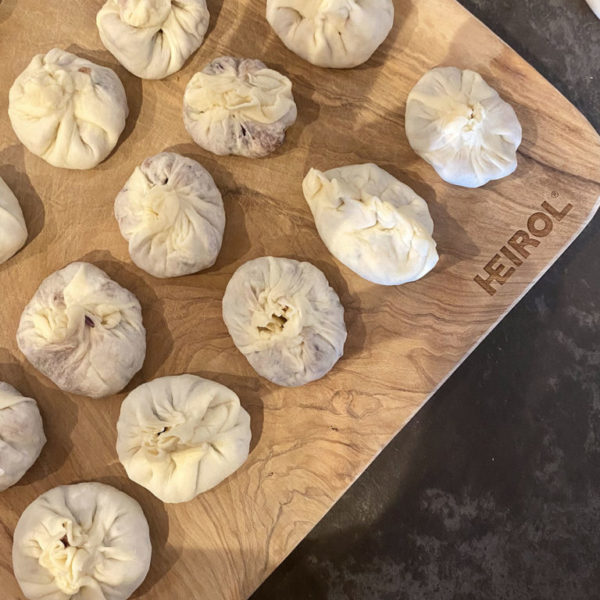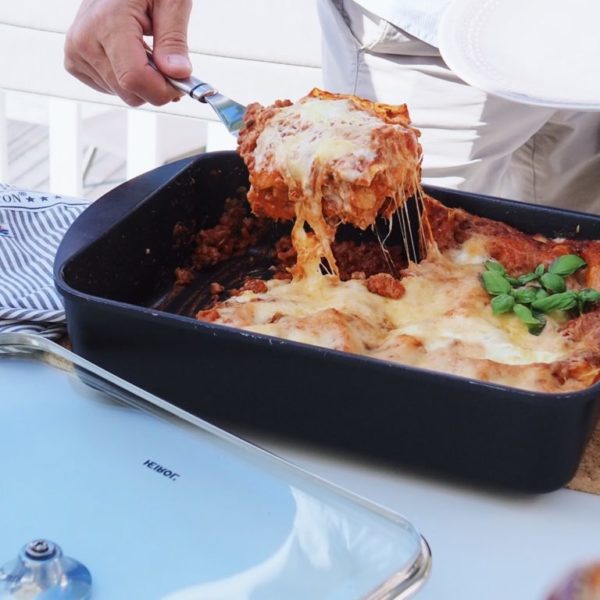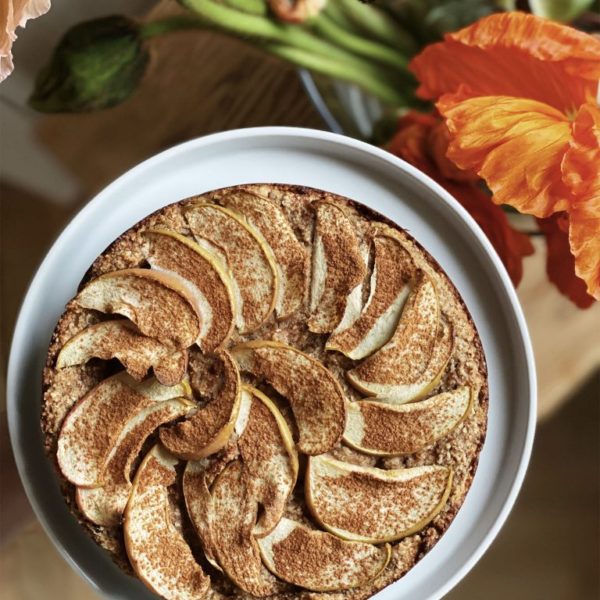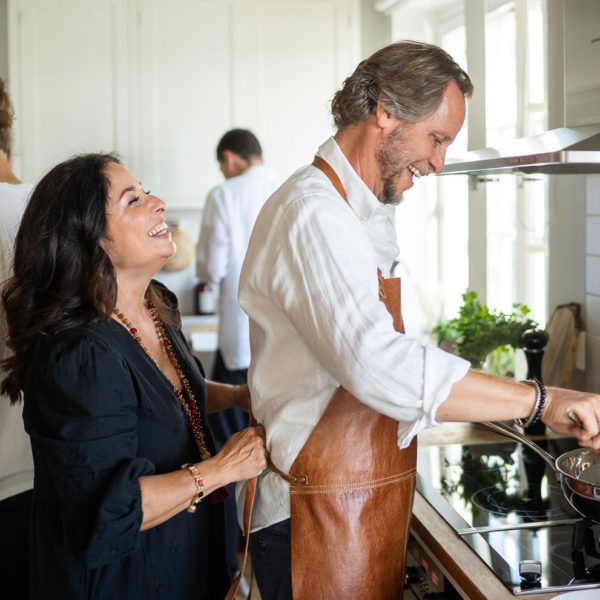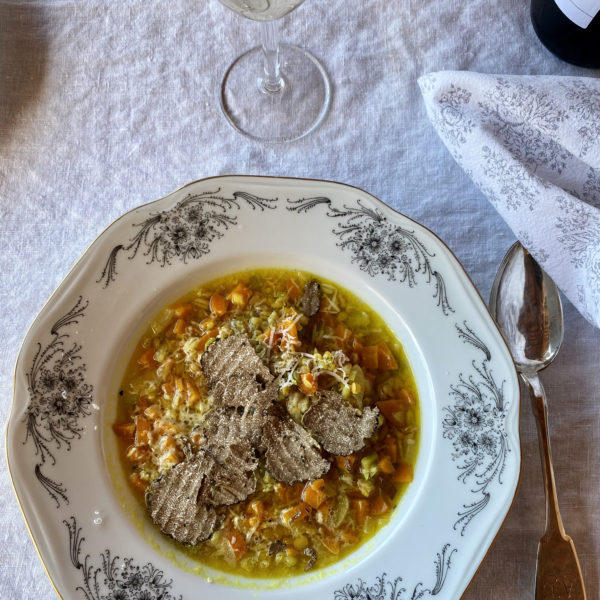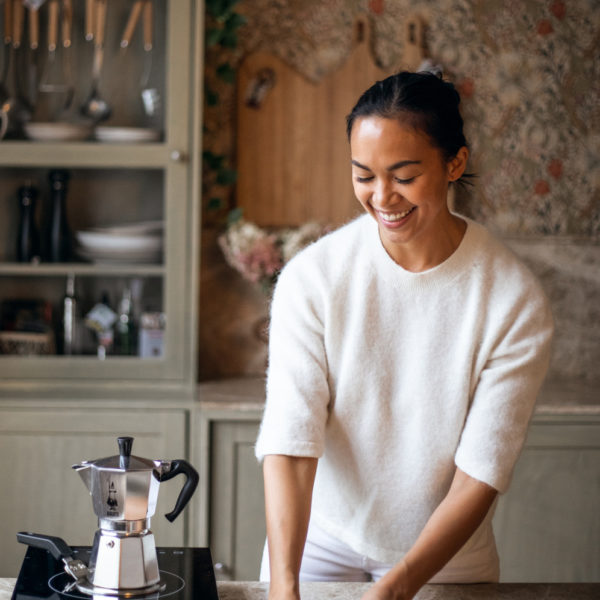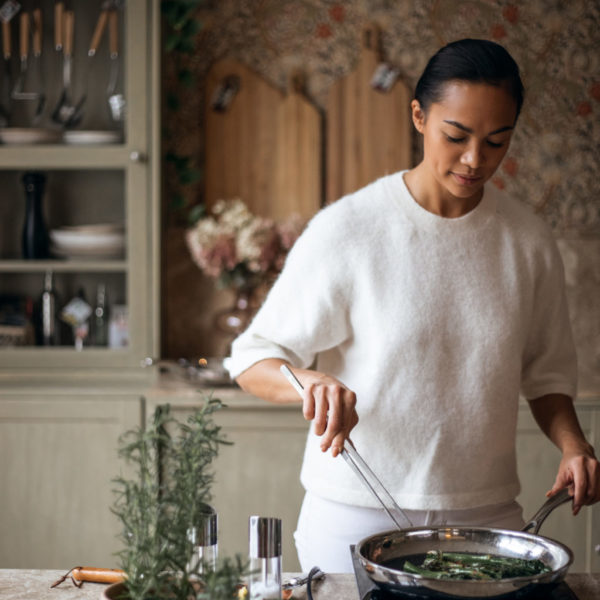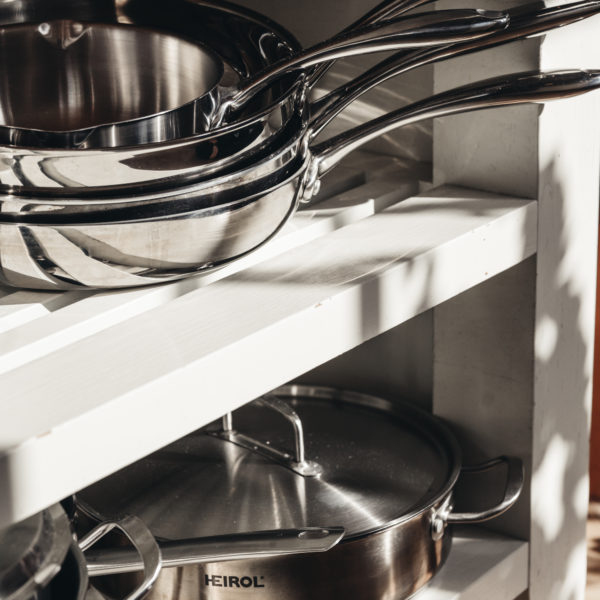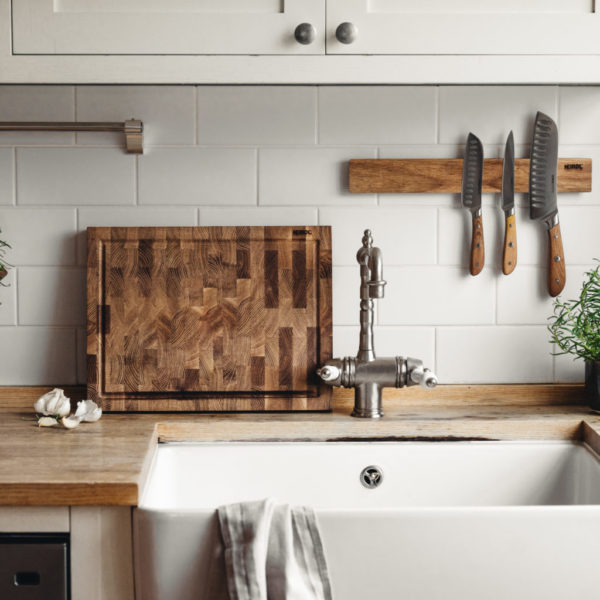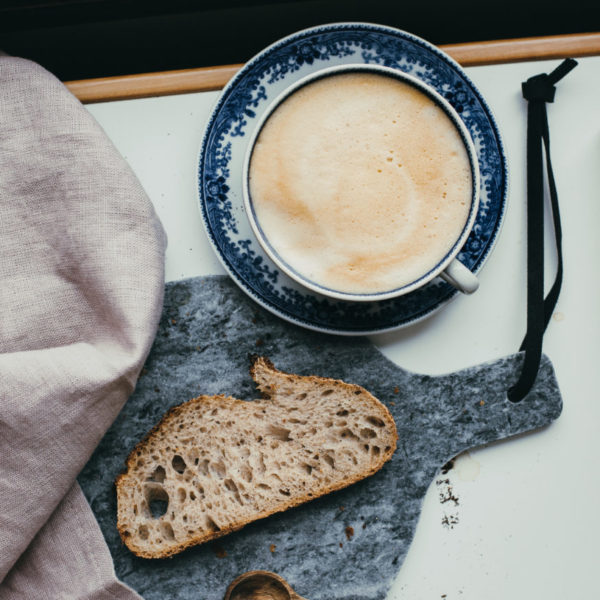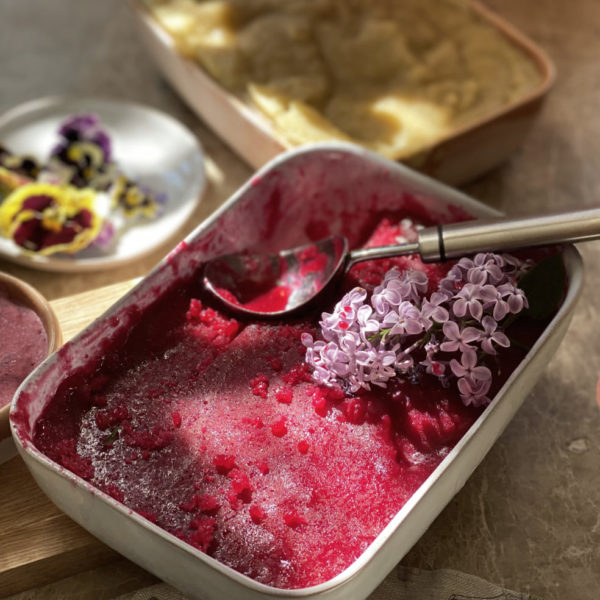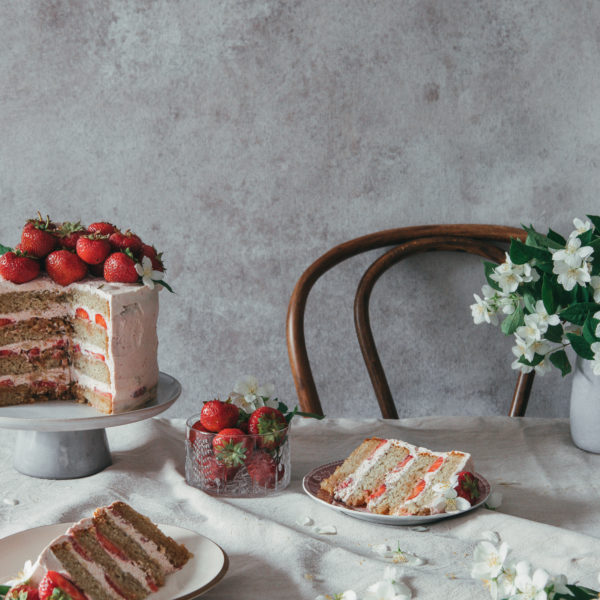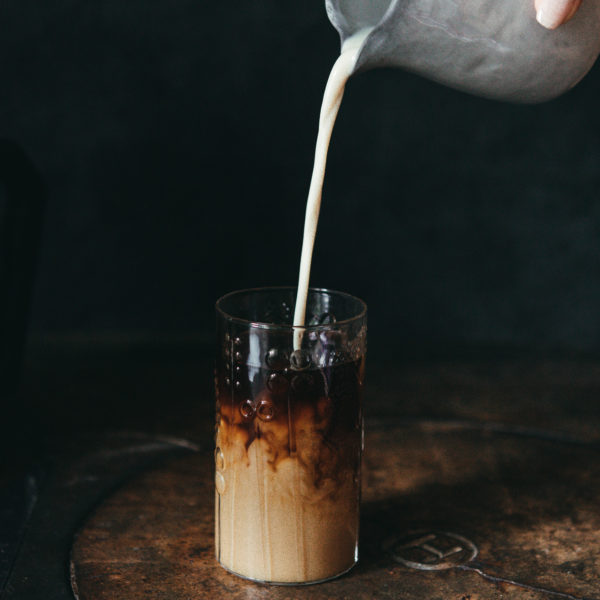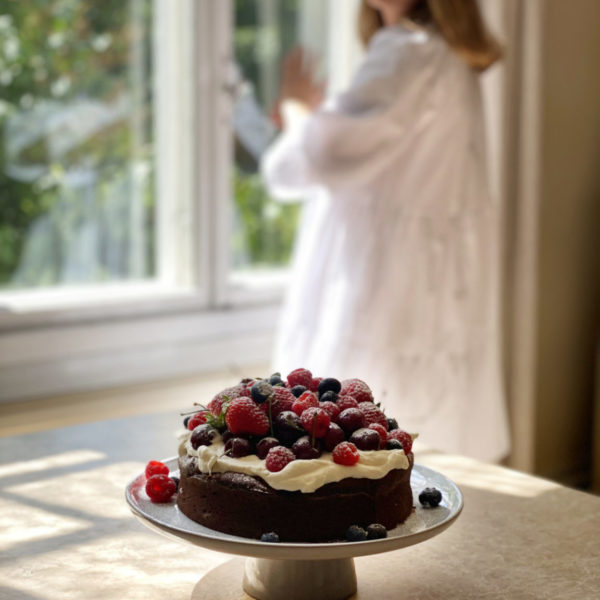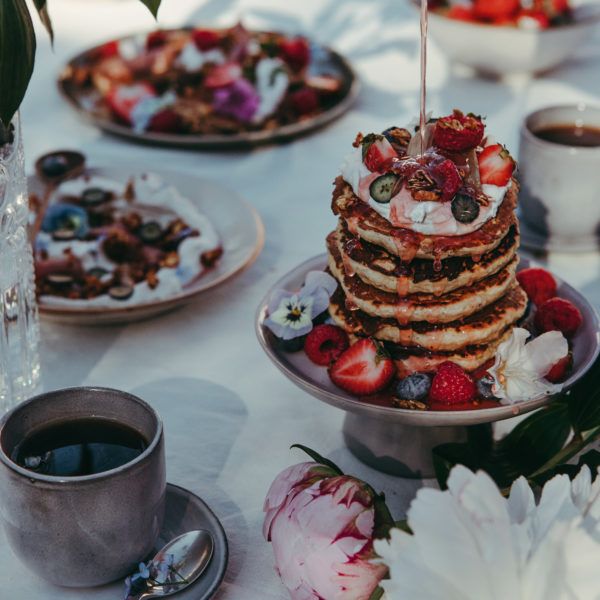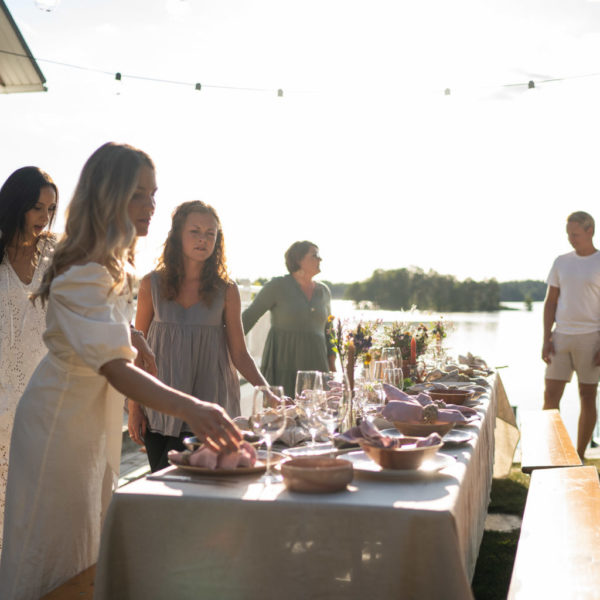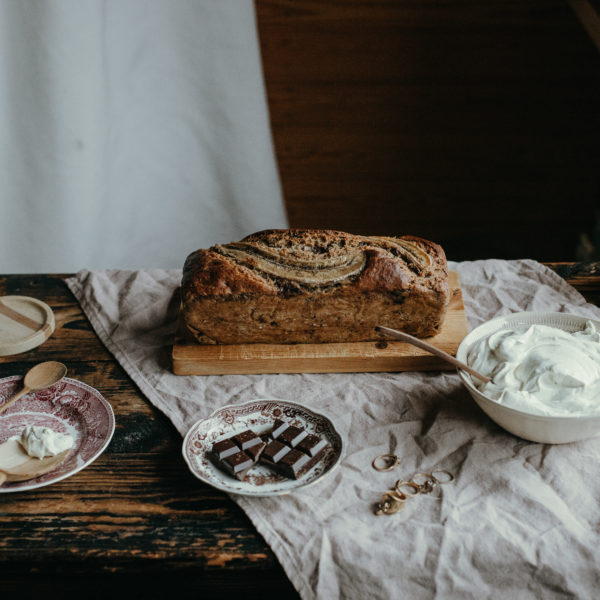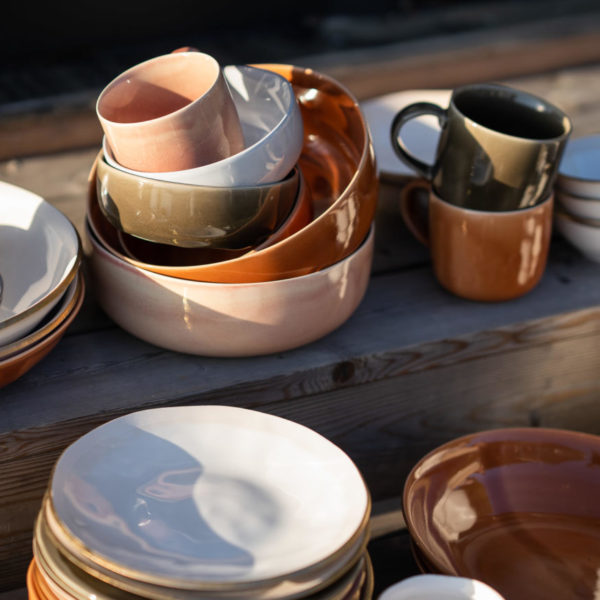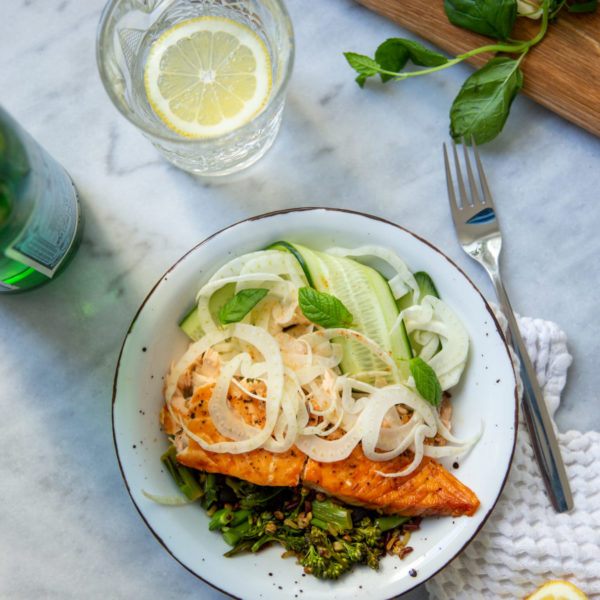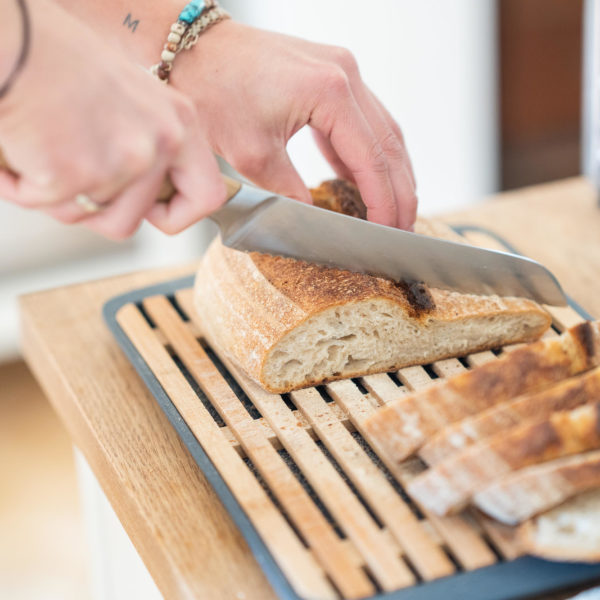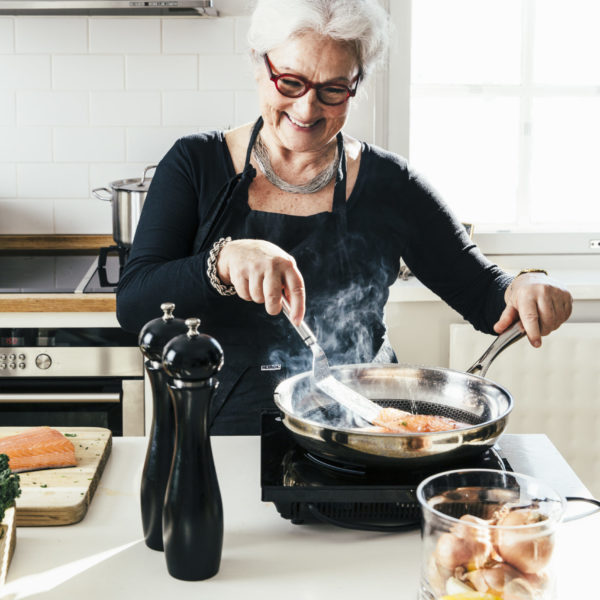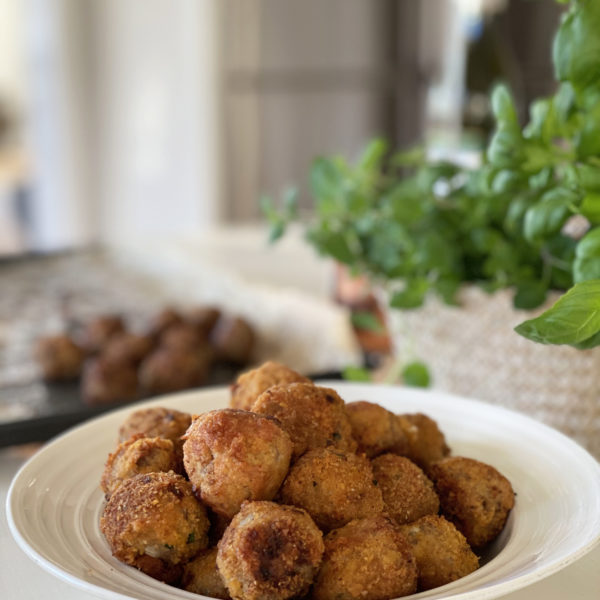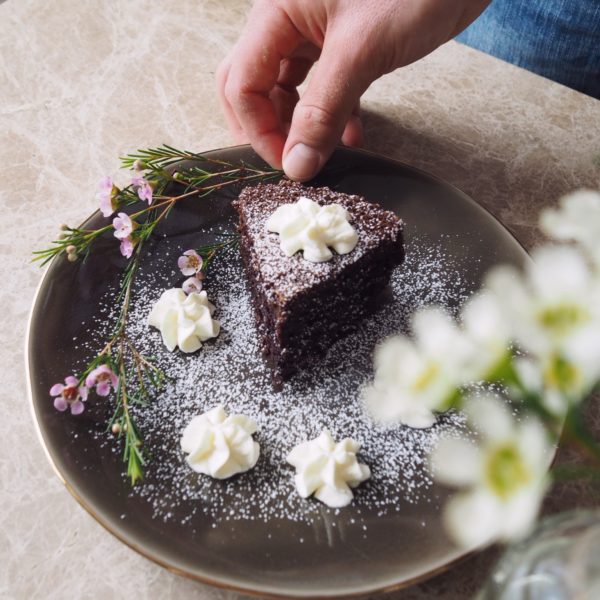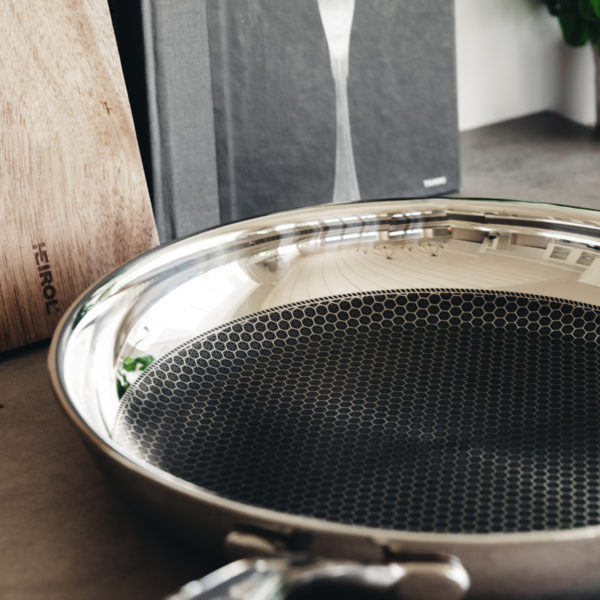Whether you have chosen a cast iron, stainless steel, or a coated frying pan, few basic rules apply for all pans.
We have a wide selection of pans, for all home and professional use. Check the whole selection here!
Do not heat the pan too quickly. Especially induction cooktop heats up extremely fast, compared to traditional stovetops. The maximum power on an induction cooktop is only meant for boiling your water. When a pan gets too hot too quickly, your food will stick more easily. Too much heat will also ruin non-stick coatings and may warp the pans base or its structure.
Heat the pan slowly, and increase the heat incrementally to the desired temp (induction cooktops generally have a range of 1-9, of which 6-7 is pretty much the maximum you need). Over-heating and burning your food might have some unhealthy side effects. Our Steel-pans are made for high-temperature cooking, but heating the pan slowly is part of the process – can’t just go from zero to a hundred real quick 😉
Do not heat an empty pan, always add butter, oil (or a mix of the two), or water before heating. Heating an empty pan may cause damage to its coating or structure. Cooking with some form of fat will give your food flavor and beautiful color. Remember, if you are using a high cooking temperature, select fats that can take the heat.
Let the food cook in peace. It’s a hectic weekday, you’ve just thrown a piece of chicken or some minced meat on the pan and you’re moving it around to help it cook faster, sound familiar? All of us can admit to being a ”poker” when it comes to cooking. No worries, an old dog can be taught new tricks. Next time you’re starting to cook some food, first things first, go to your fridge, take out the food that you are going to cook and place it on the kitchen counter. Now go get your pan. Put some fat on the pan and turn the heat on. When the fat starts to ”bubble”, your pan is ready for the ingredients. Allow your food to cook for a couple of minutes before flipping it, no poking needed. This way it won’t stick to the pan and will cook properly. Staring at food that is being cooked can be quite meditative, and while you’re waiting, you can go through your day, plan fun things for the evening, or listen to the sounds of your family.
To sear properly, you need heat. About 140-160 °C will do. However, as the pan will always cool off a bit once you place room temperature food on it, so the pan should be around 180-200 °C. When you sear meat, the Maillard reaction takes a place – a chemical reaction between amino acids and reducing sugars, which gives food its distinctive golden brown color and beautiful flavor. In order for the Maillard reaction to happen, do not over-stuff your pan. For example, you’ll be better off cooking your minced meat in multiple batches. Also, if your pan is not hot enough, the meat starts to ”boil” in its own liquid and the cooking grease, rather than searing. You’ll end up with less taste, worse texture, and fewer aromas. So make sure your pan is hot enough. The sugar molecules in a sauce or marinade start to break down at temperatures over 170 °C. This is when you get that searing color and the forming of flavoring agents. Store-bought marinade burns easily due to its high sugar content, so you will want to wipe the excess marinade off your meat.
Use the right kind of kitchen tools for your pan. Rule of thumb: you should only use wooden or nylon tools with a coated pan. Metal tools can be used on a stainless steel and cast-iron pan. The exception to the rule is our Steelsafe series. The pans have a coating, but it is protected by a stainless steel honeycomb structure, which allows you to use metal tools with them. If you are using your coated pan for serving food, use wooden, plastic, or nylon utensils. Do not scratch the surface of a coated pan, there’s no need for that. Also, remember that due to the structure of our frying pans, they heat up all the way to the edges, so don’t leave your (wooden or nylon) spatula leaning on the edge of the pan!
Frying pans can last for a long time if you give them the right kind of love and affection. Below are some additional tips to add time to the lifespan of your frying pan!
Let the frying pan cool off after using it. When the pan has cooled off enough, fill it with water and let it soak for a bit in the sink. Use a sponge, it will give you the cleanest result. Most frying pans can be washed in the dishwasher, but a dishwasher doesn’t clean as thoroughly as a person. Also, strong dishwashing detergents may shorten the lifespan of your pan. If there is some leftover dirt on your pan, the next time you heat the pan, the dirt will burn and stick to the pan. If it is a coated pan, this will ruin the coating and the burnt dirt will cause everything to stick to the pan after that. Make sure your pan is clean when you use it. Psst! Remember to clean the base of your pan as well. A dirty base can ruin your stovetop when you’re heating your pan.
Season your stainless steel pan once in a while. Seasoning a stainless steel pan is the process that polymerizes fats heated in the pan and bonds them to the cooking surface, forming a coating that protects against rust and helps food release more easily. Watch our video on seasoning a steel pan



